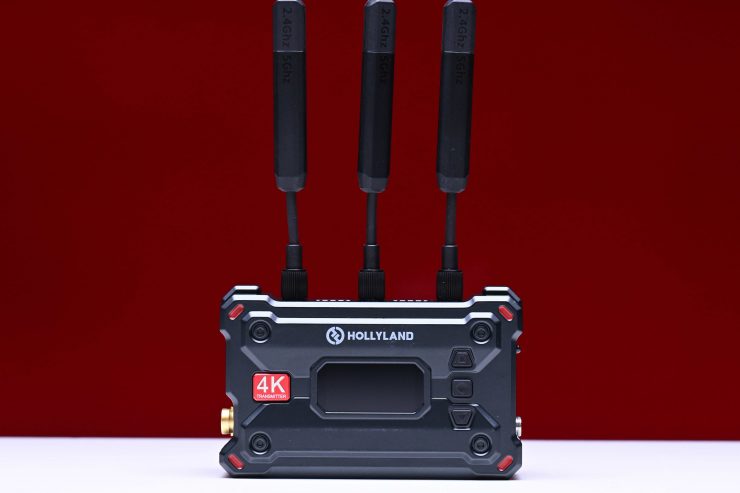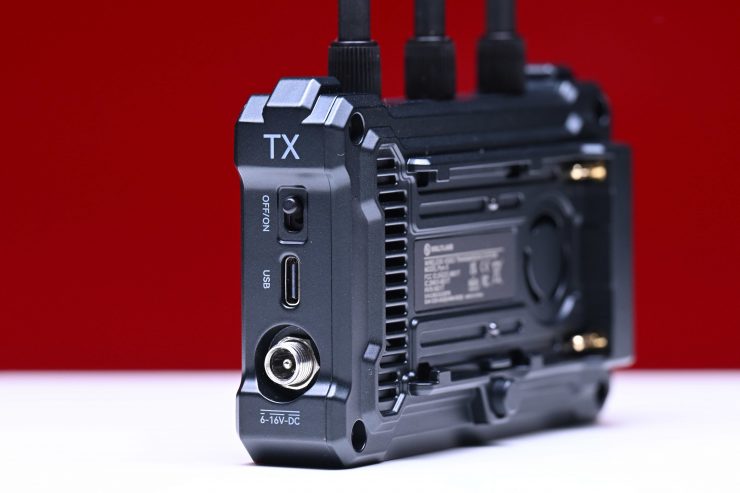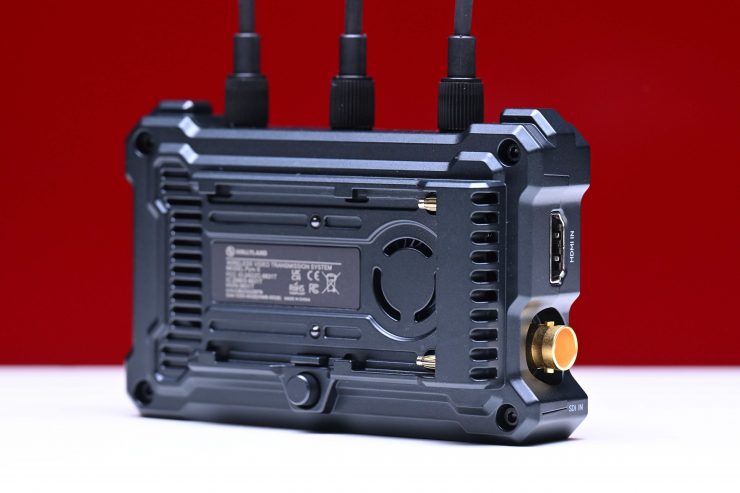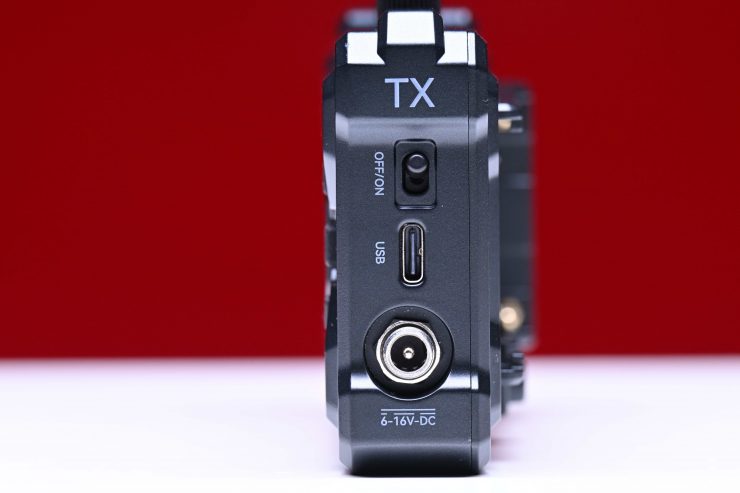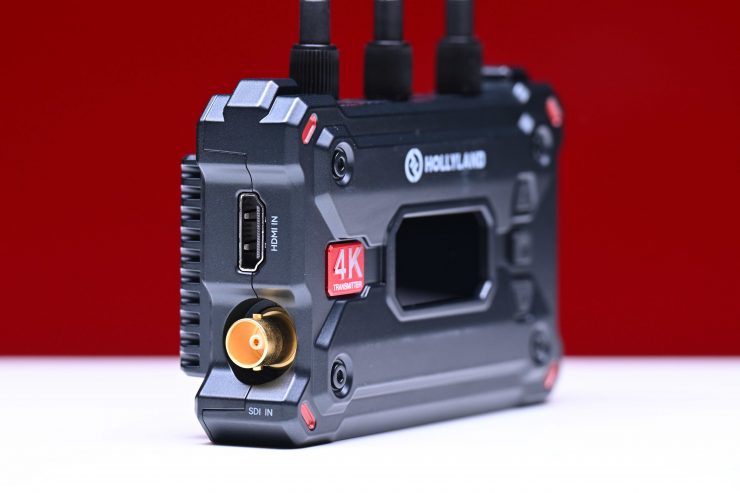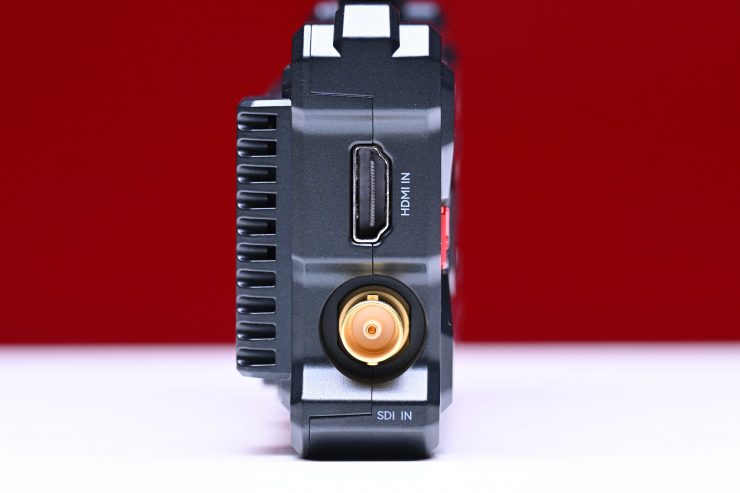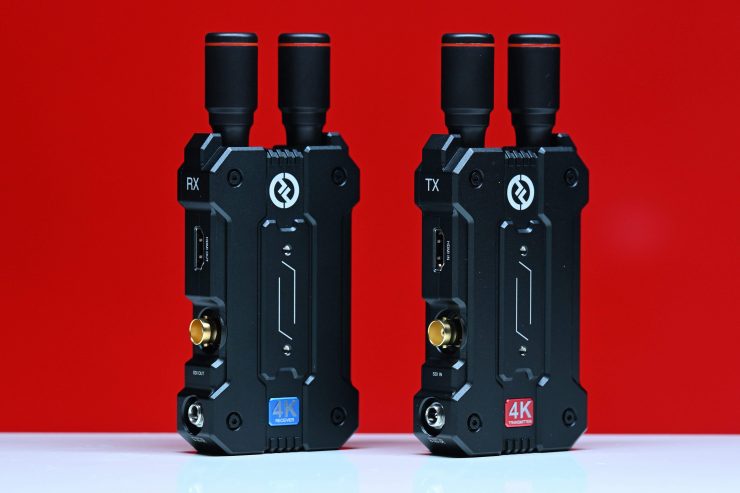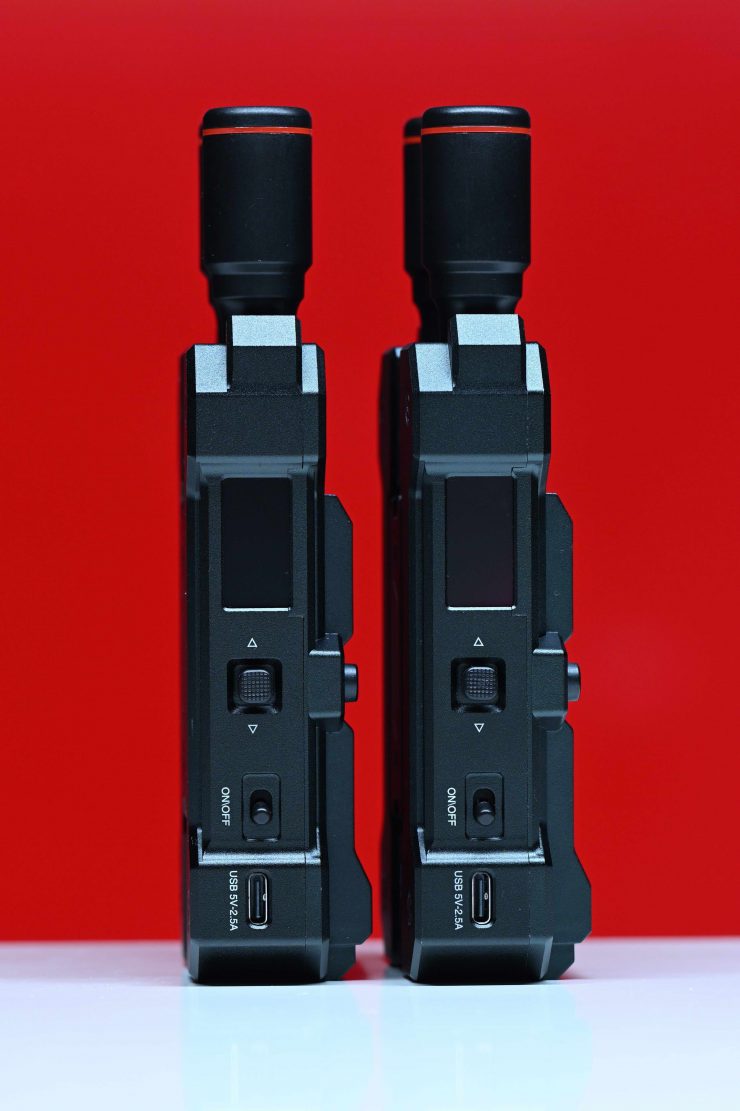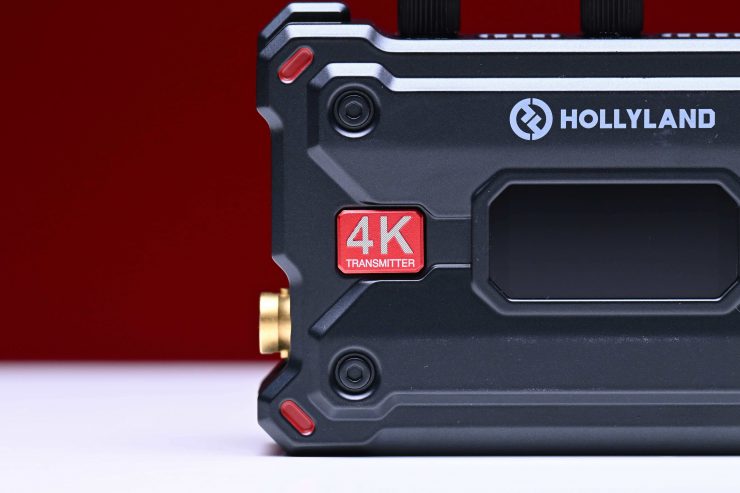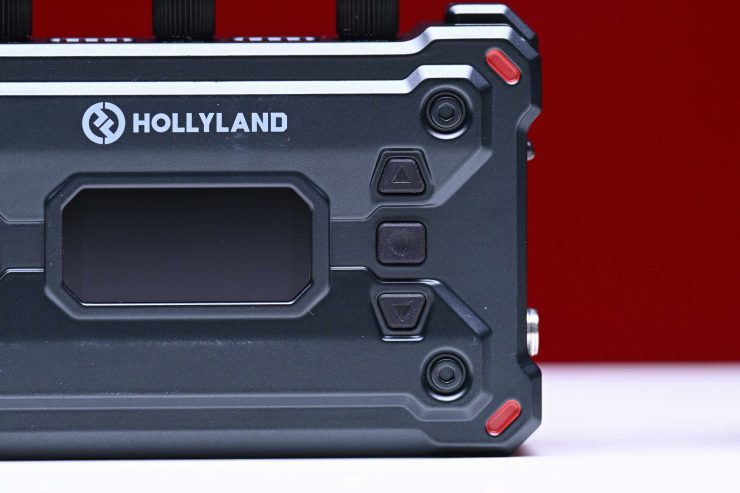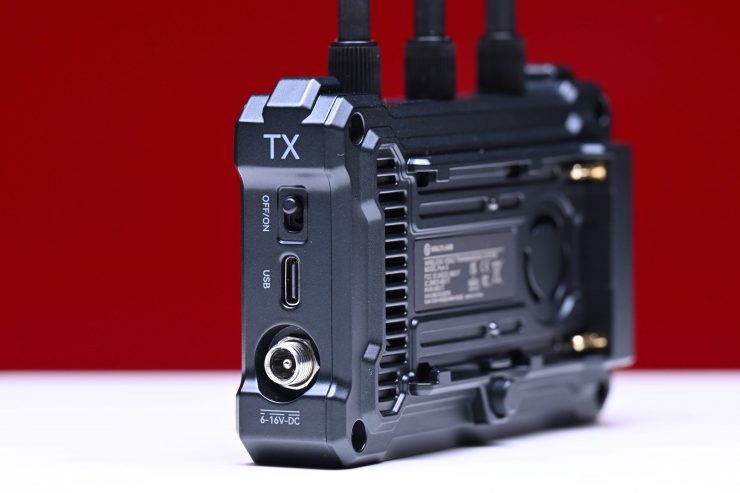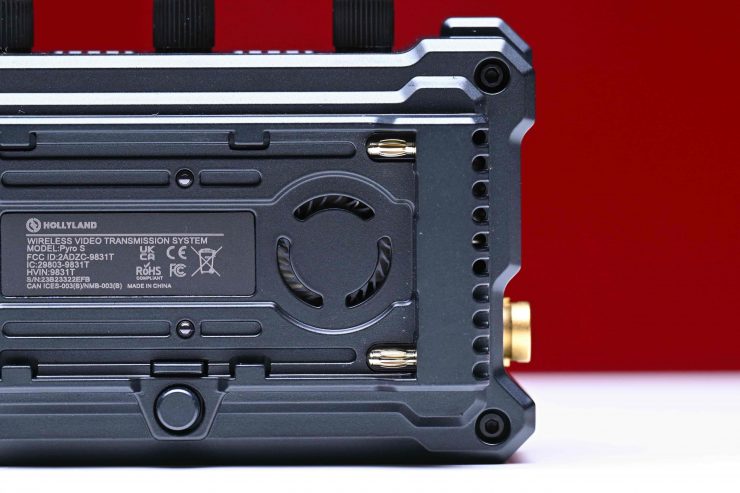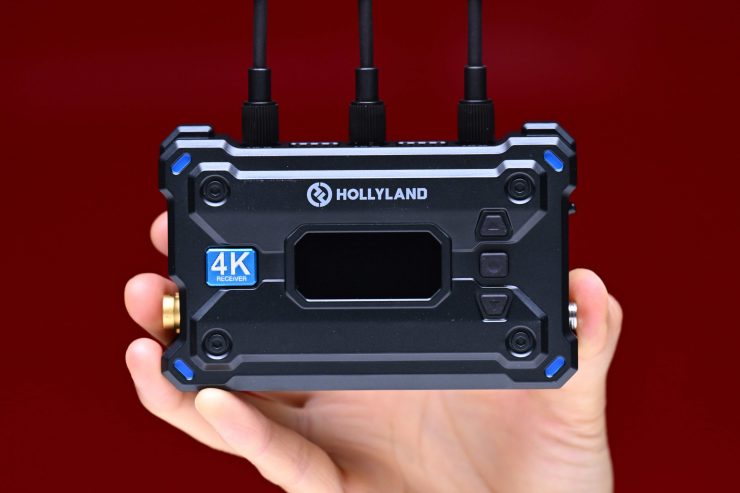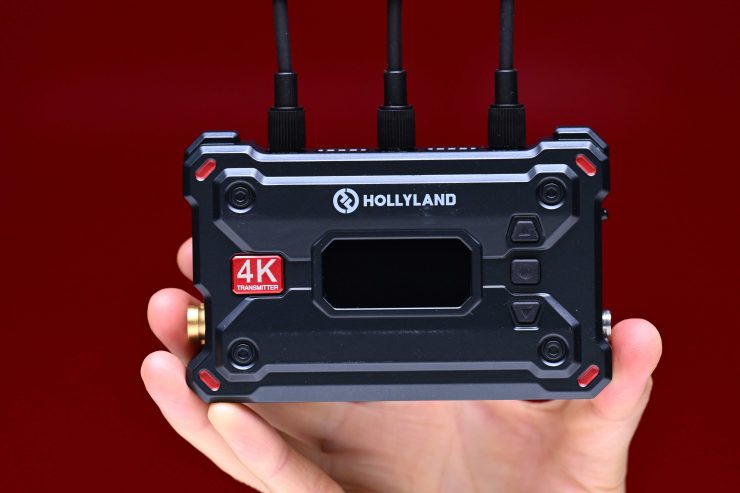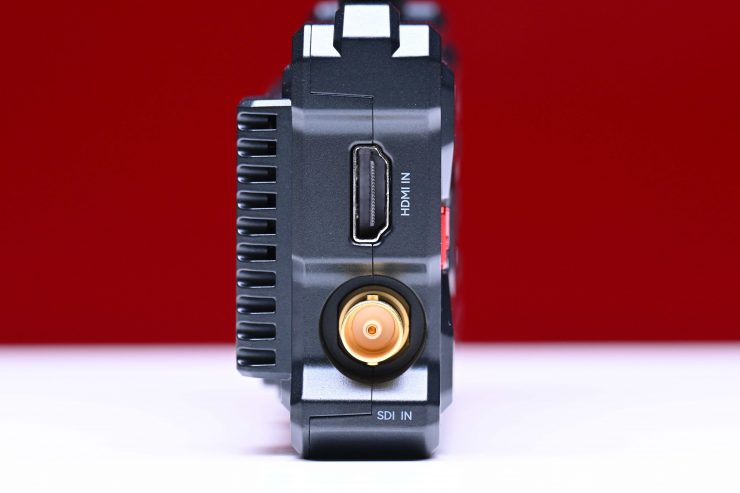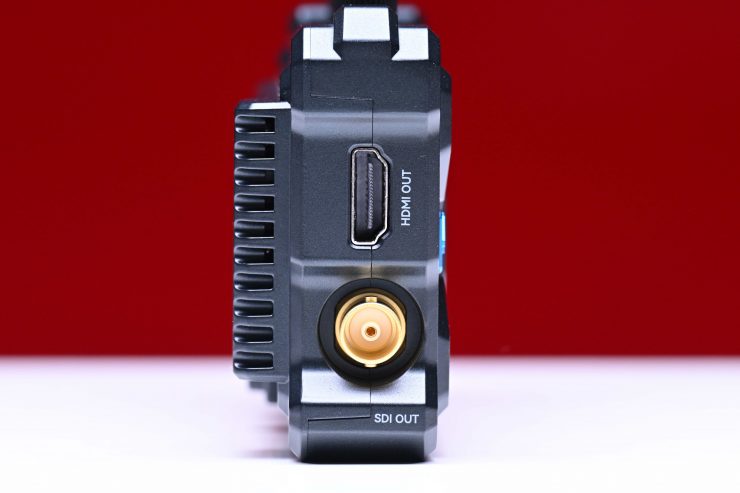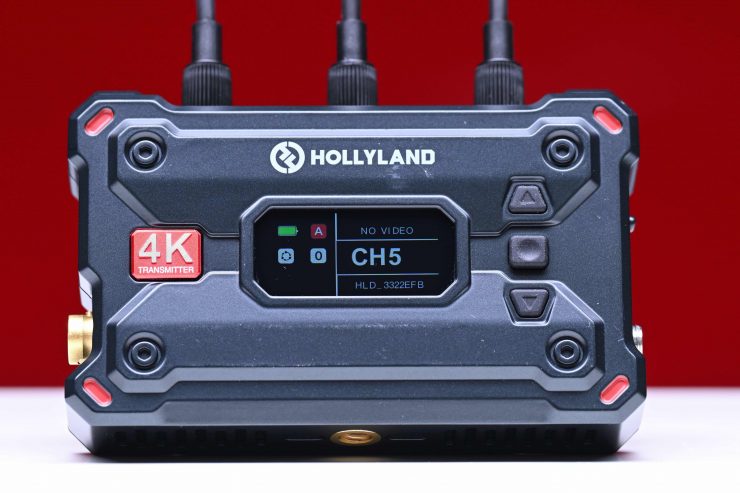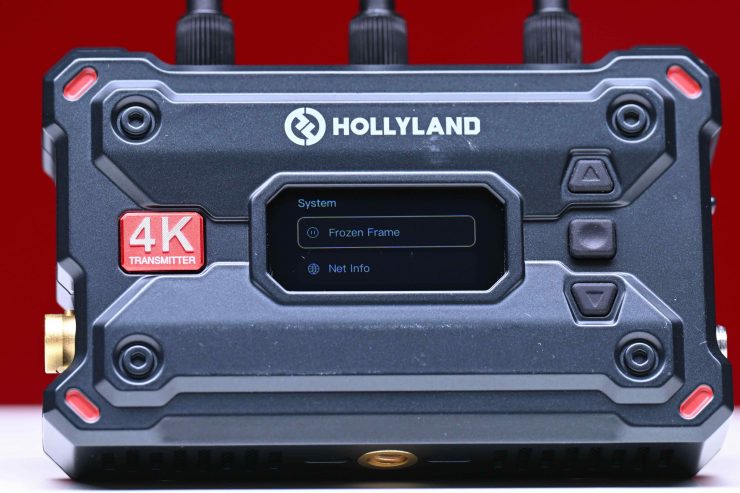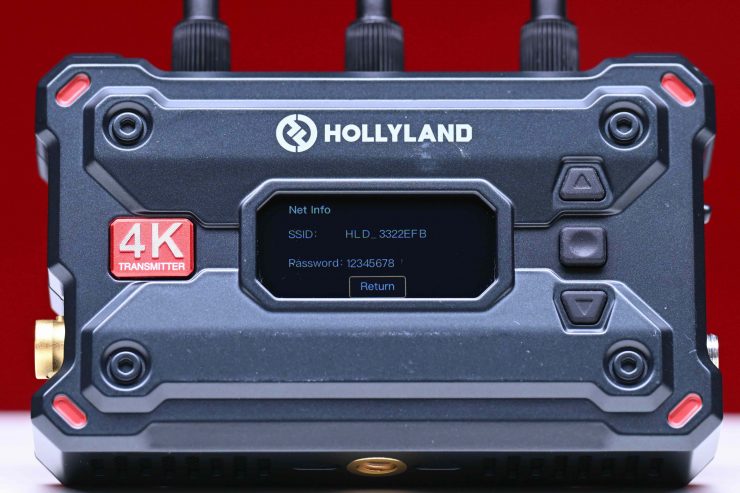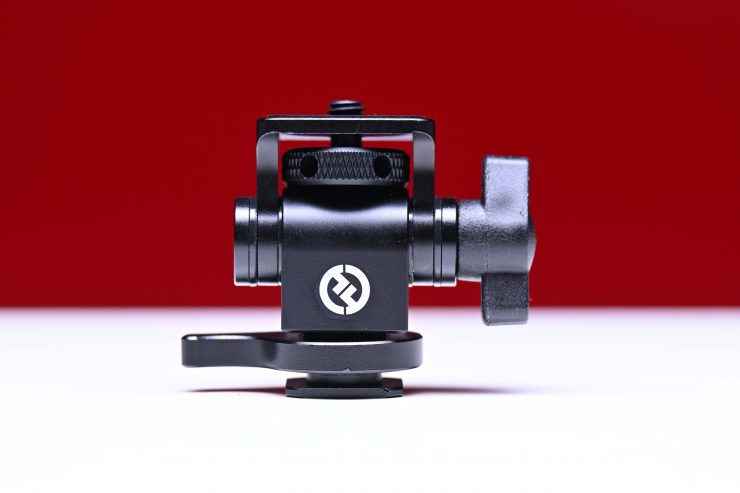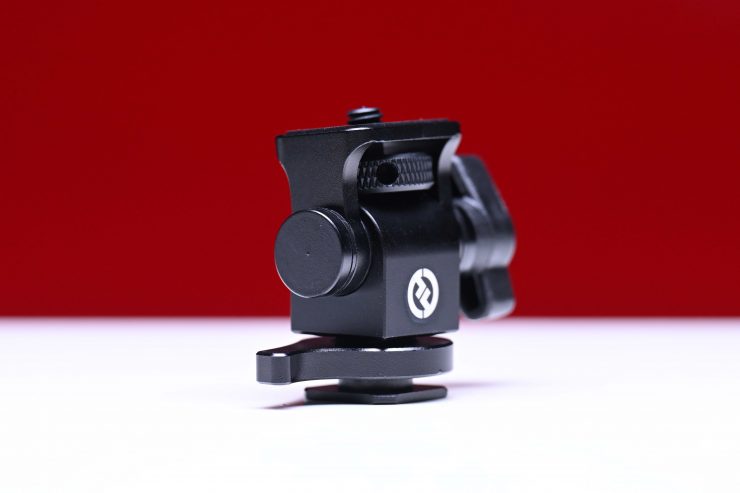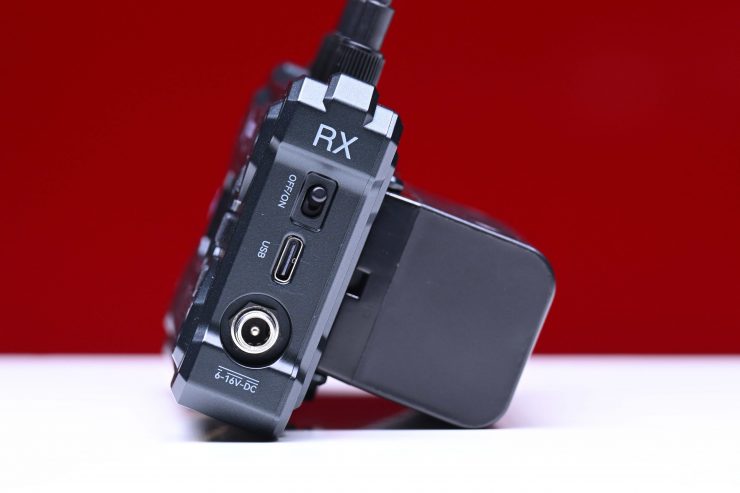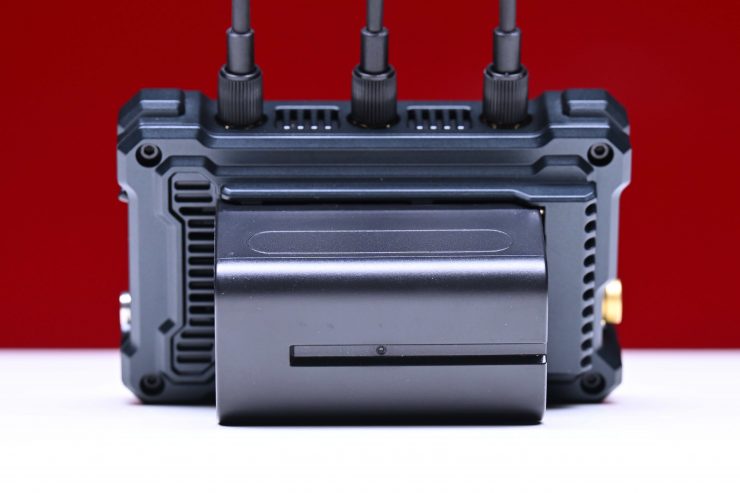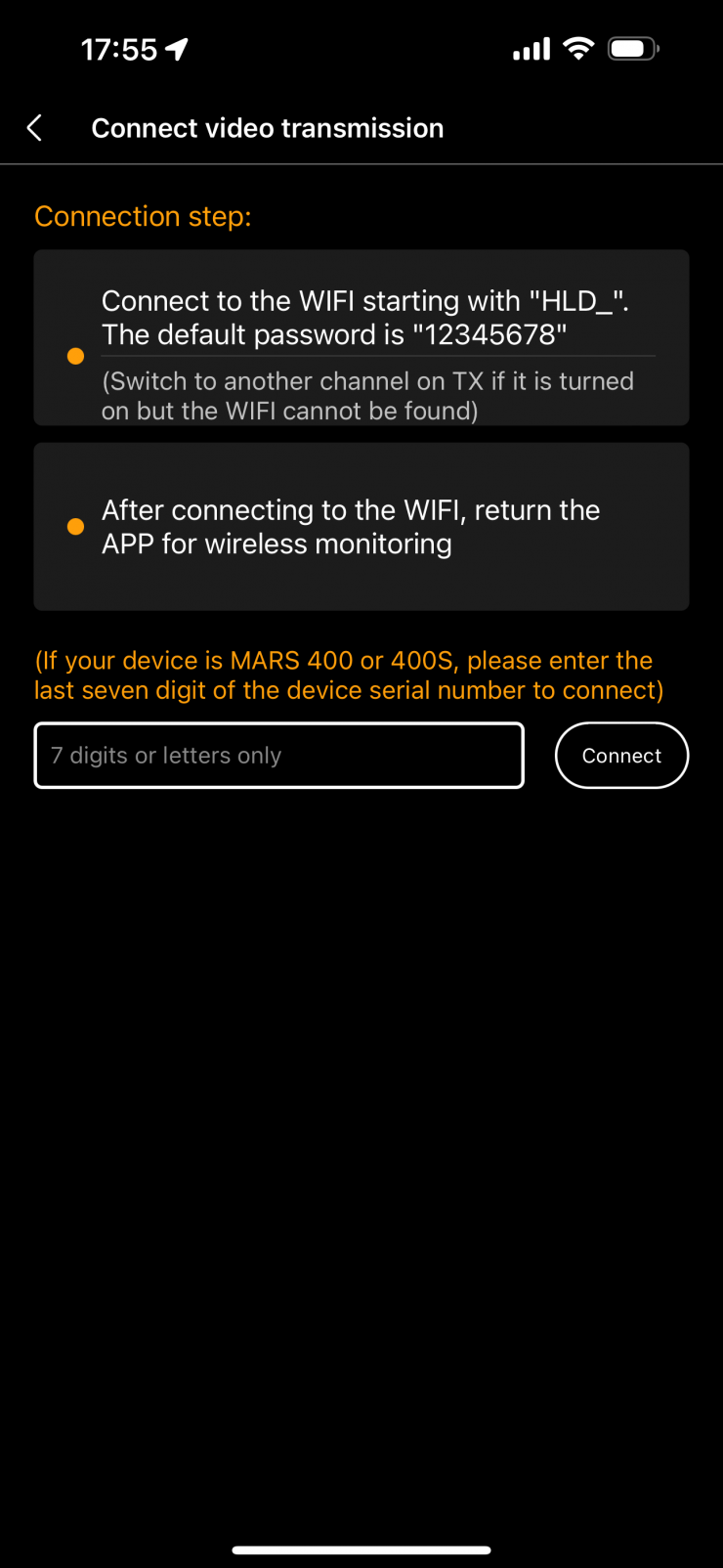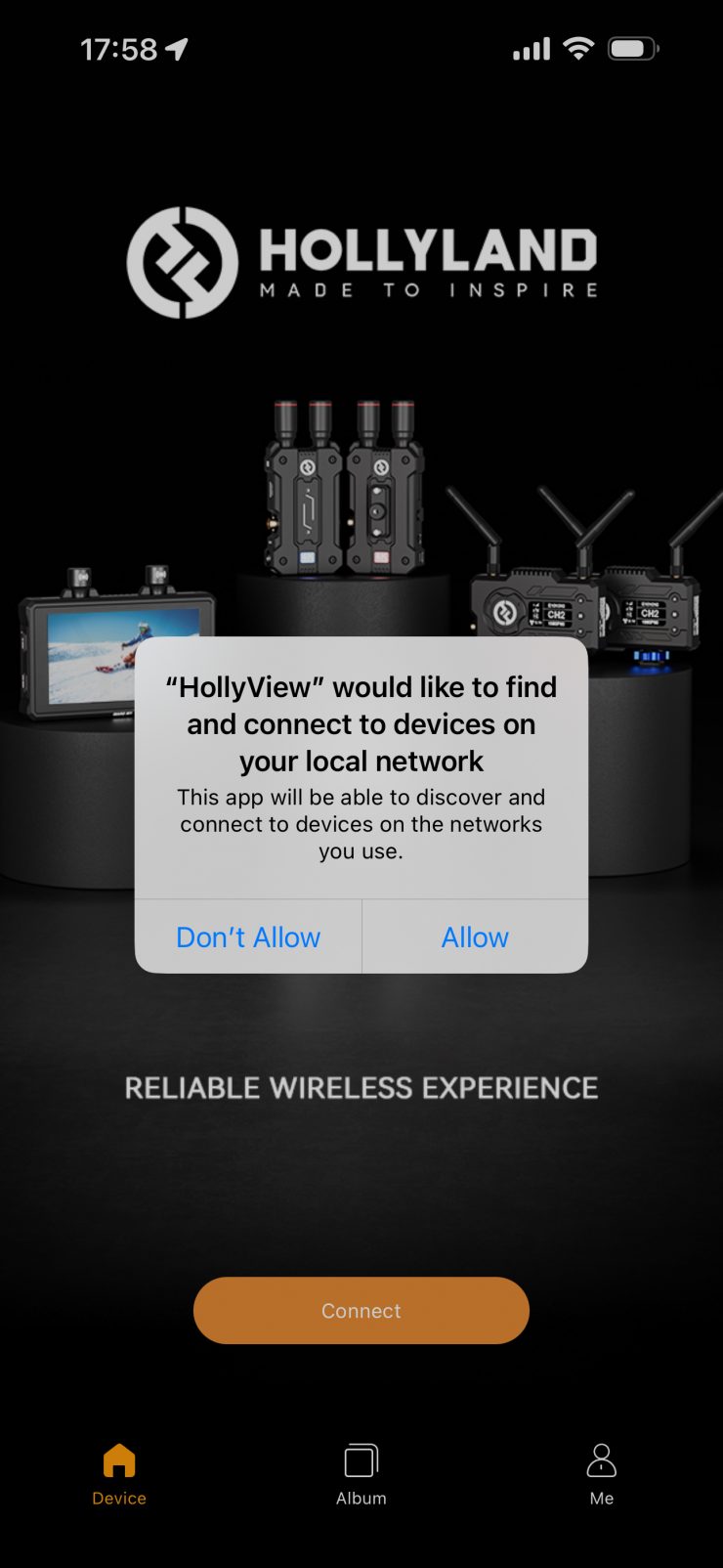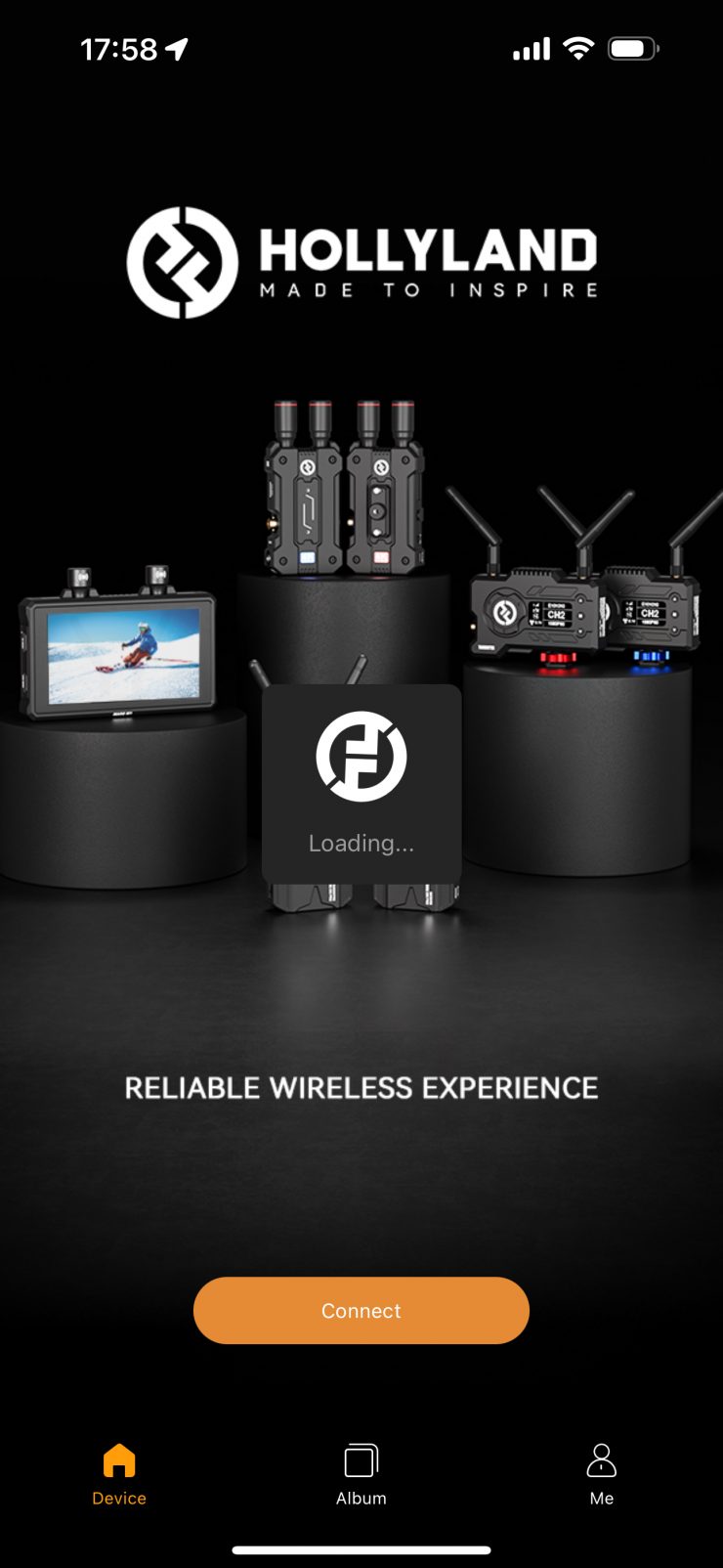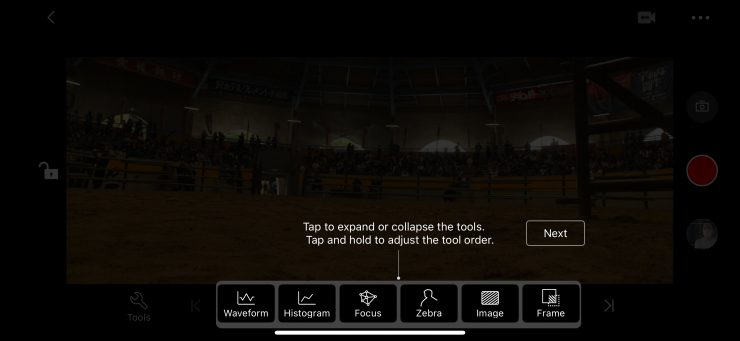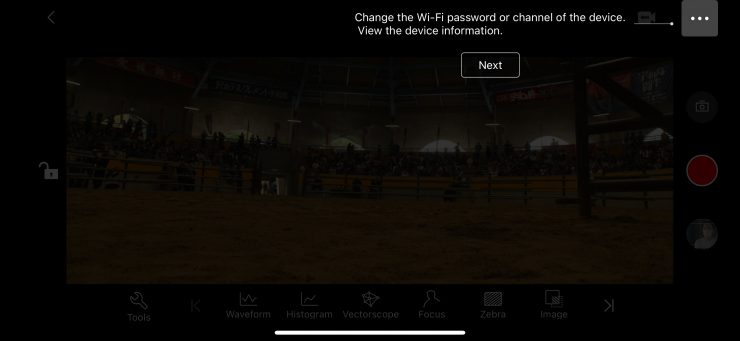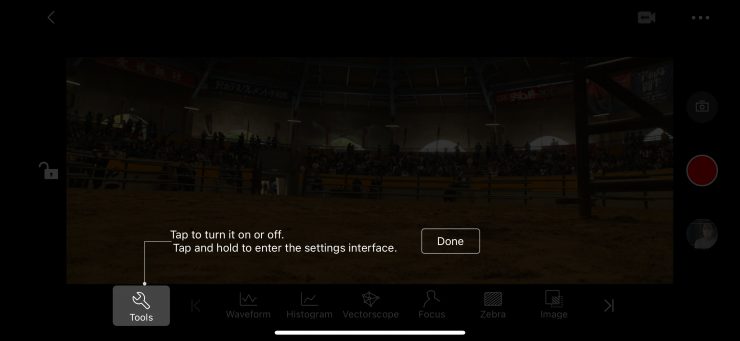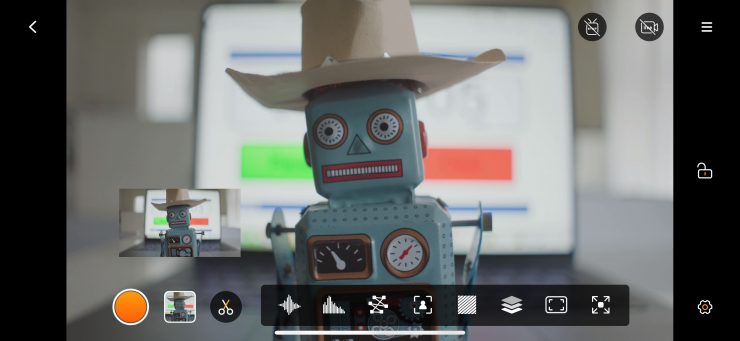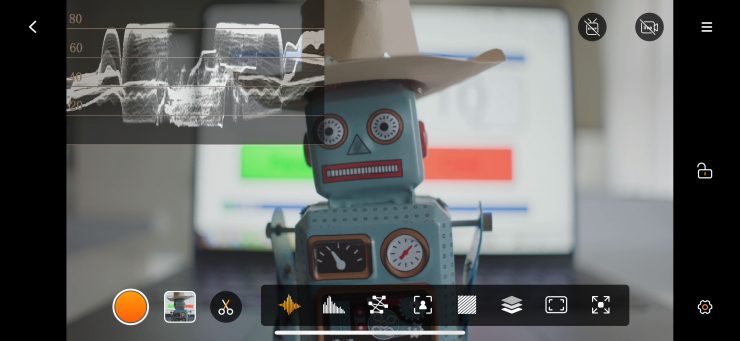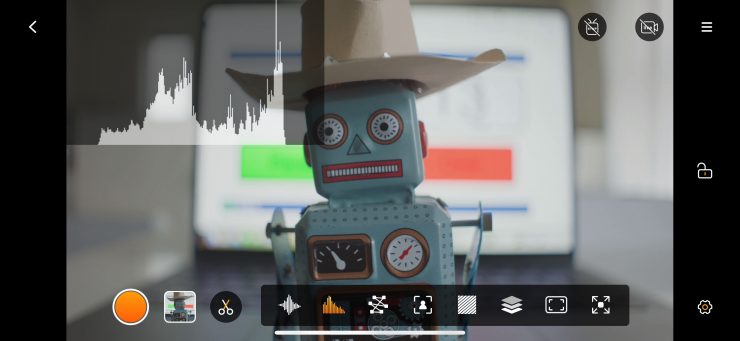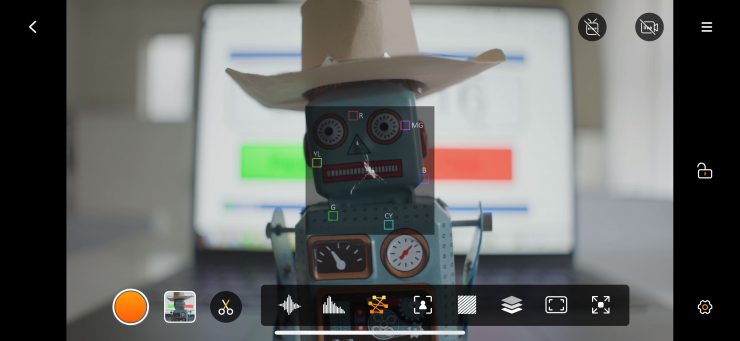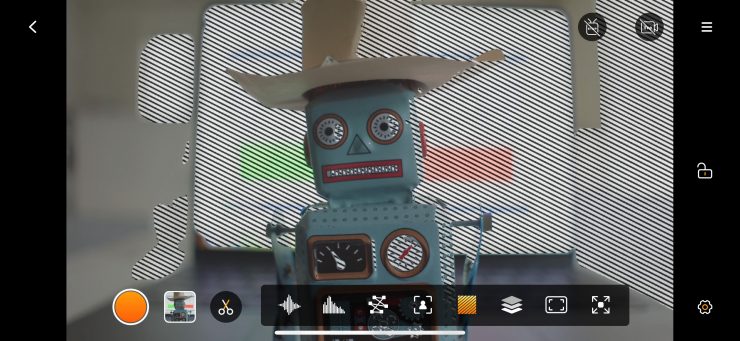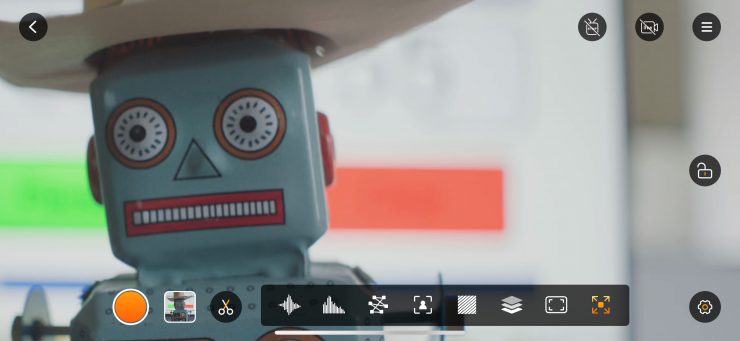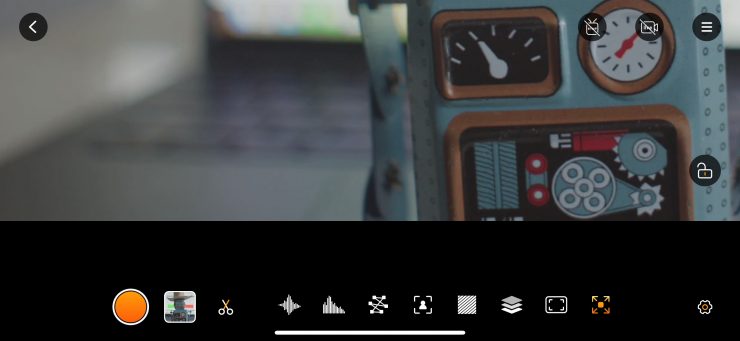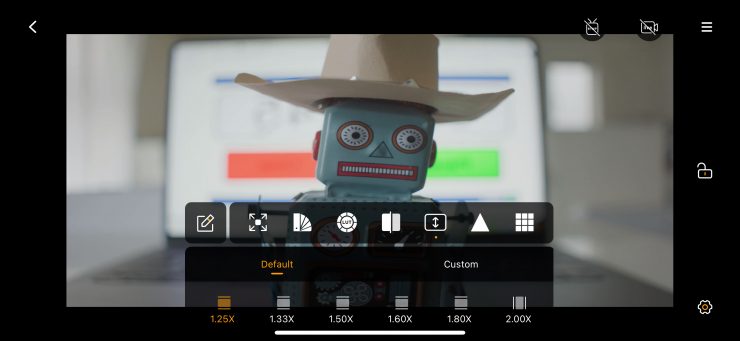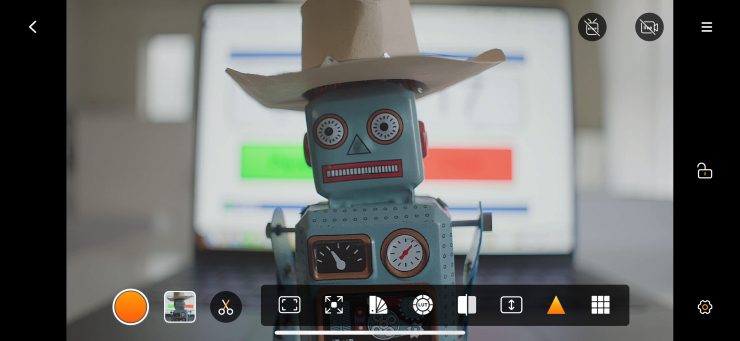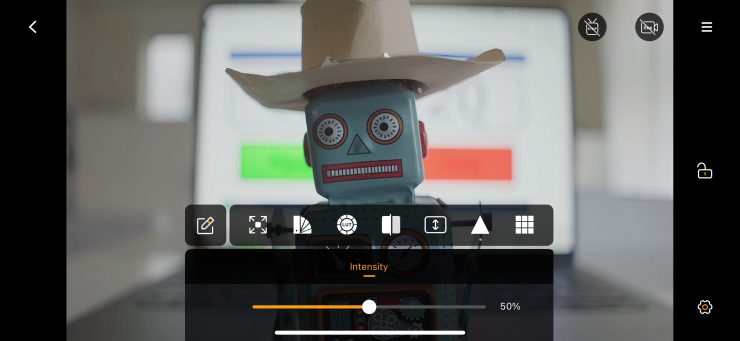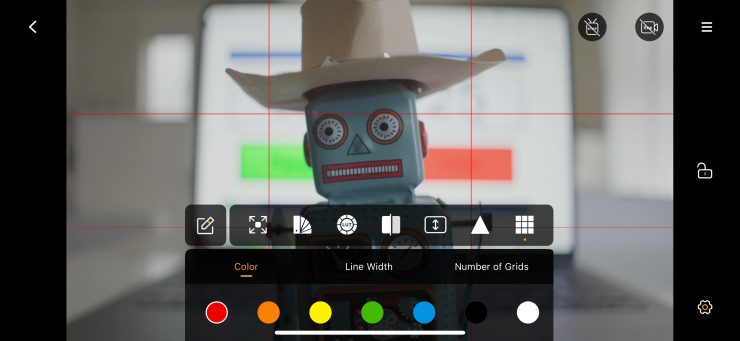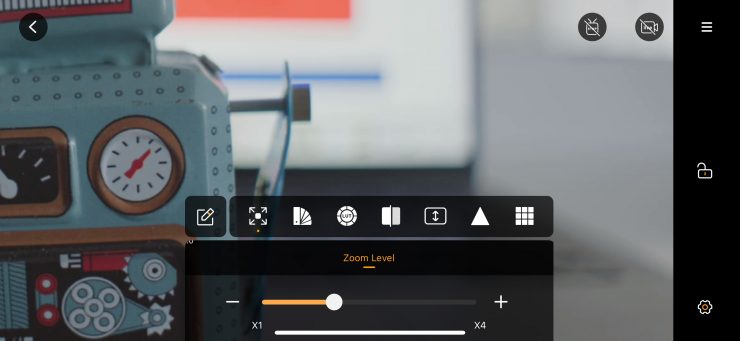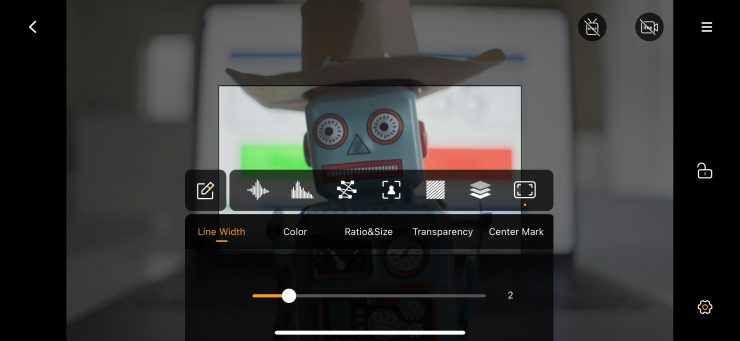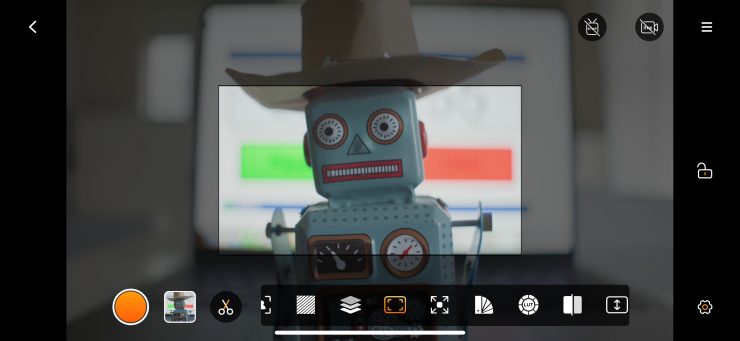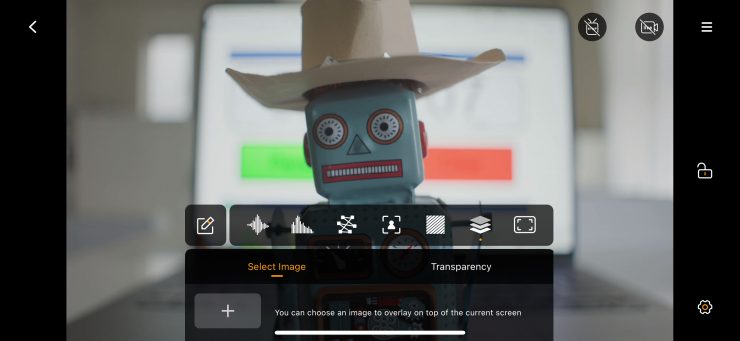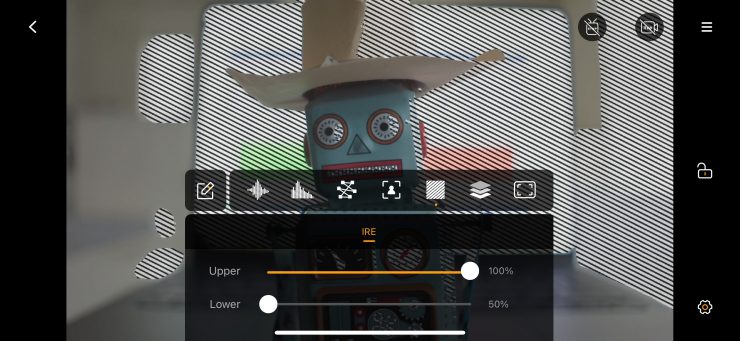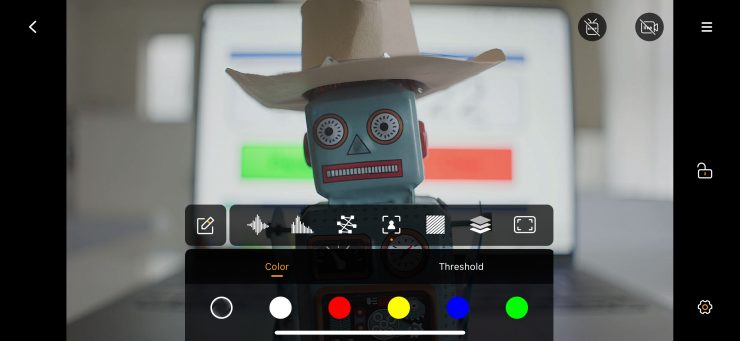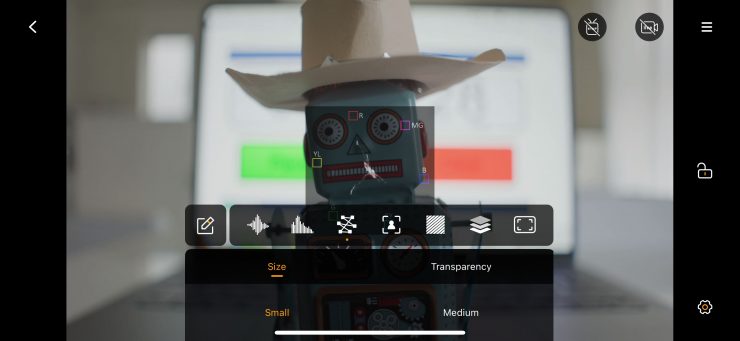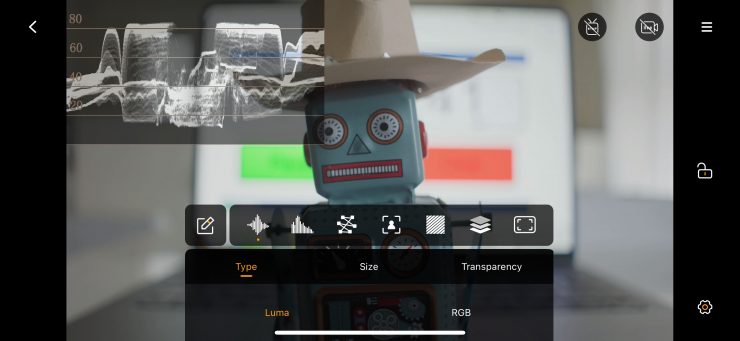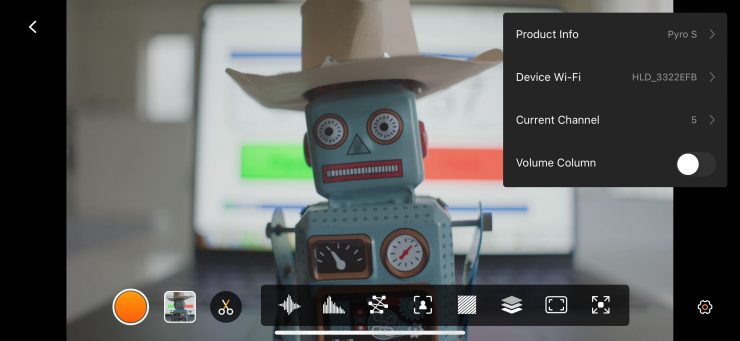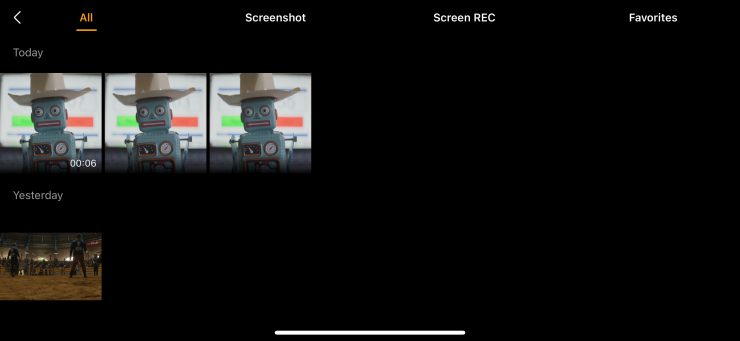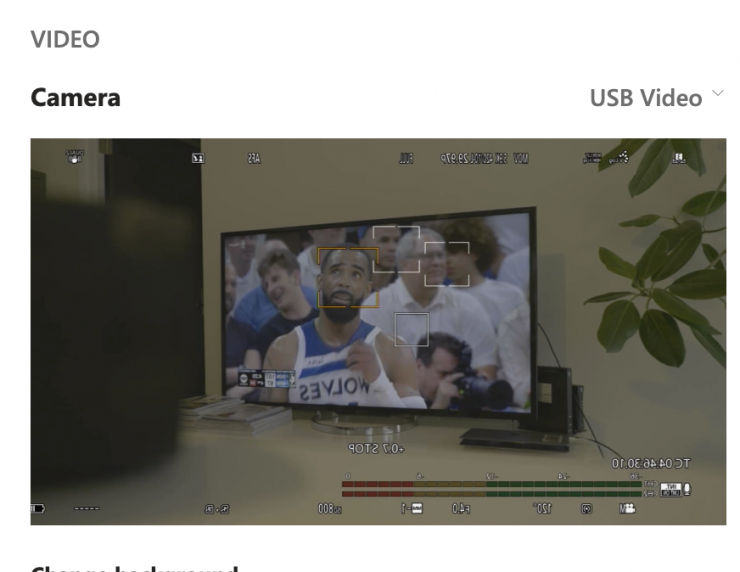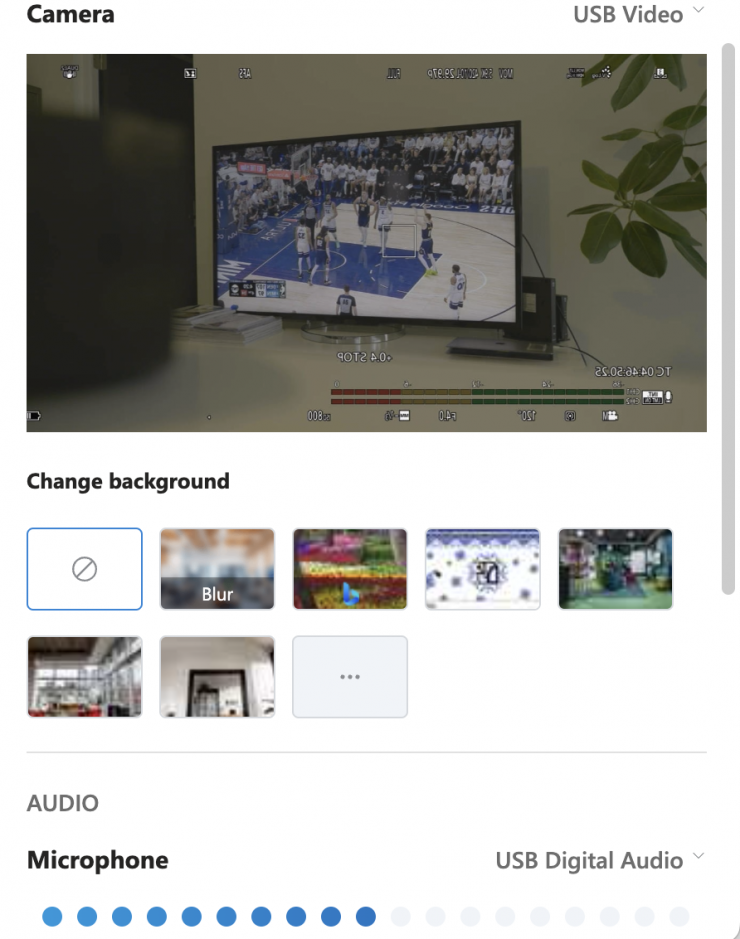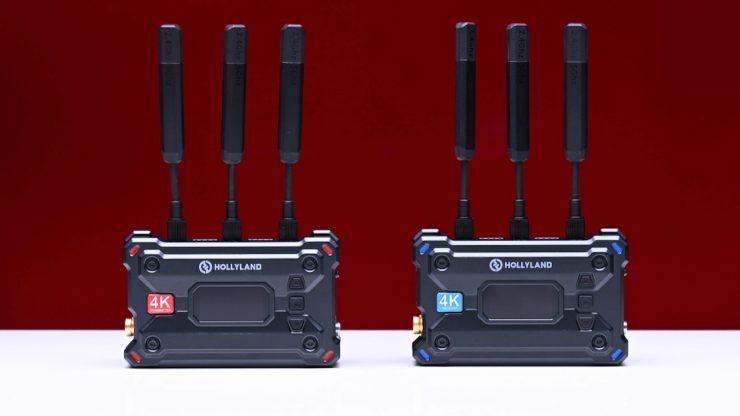
Hollyland has officially announced its new Pyro S Wireless Video System, which is the latest addition to its Pyro range. I previously reviewed the HDMI-only Pyro H and you can see that review here. On paper, the Pyro S looks like a good option if you are after an affordable wireless video transmission system that offers both HDMI and SDI capabilities.
The Pyro S consists of a TX unit and a RX unit. Both are the same size and weight and they have HDMI and SDI input/outputs.
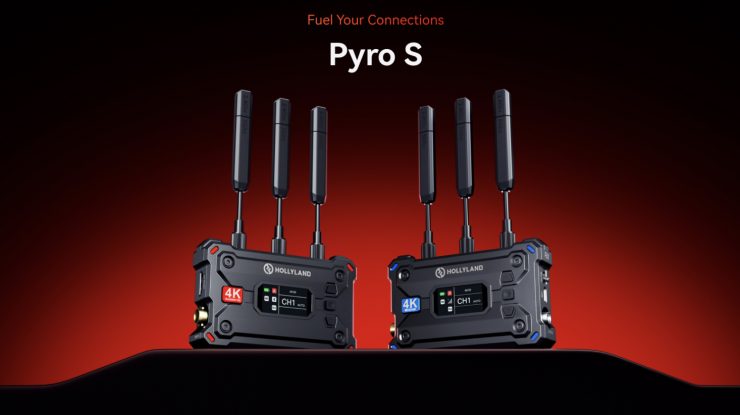
Hollyland is stating that the Pyro S is a perfect solution for multi-person mobile wireless image transmission and monitoring. They go on to say that the Pyro S is a good choice for diverse applications, such as film production, commercial filming, live event filming, and ENG/EFP applications.
Key features
- Wireless Transmitter and Receiver Set
- Transmit UHD 4K30 Video up to 1300′ (UHD only over HDMI)
- SDI Input & Output
- HDMI Input & Output
- 2.4 and 5 GHz Frequency Bands
- Supports UVC Plug-and-Play for Streaming
- 650′ Transmission in Broadcast Mode
- Smart Channel Scanning, Bright LCD
- Low 50 ms Latency, 12 Mb/s Bit Rate
- DC & Sony NP-F battery powering
Hollyland’s MARS 4K was the first affordable 5GHz wireless video system, at least to my knowledge, that was capable of sending a UHD signal. The Pyro H and Pyro S look to build on that platform.
Where the MARS 4K differed from other systems we have seen is that it could transmit and receive 4K UHD video at up to 29.97p. The Mars 4K also supported FHD and HD formats at varying frame rates of 23.98p up to 59.94p.
We have seen a ton of affordable wireless video systems come to market over the last 3-4 years and a lot of them have very similar feature sets and capabilities. This increased competition has been good news for the end consumer as prices have continued to come down.
Concept
With a large array of ‘affordable’ wireless video transmission systems now on the market, it is harder than ever to make your product stand out. The MARS 4K was a very successful product for Hollyland so they didn’t want to stray too far off the path when making the Pyro series. One of the main changes is that instead of having a single version with both HDMI and SDI, Hollyland wanted to make two versions of the Pyro so users had a choice depending on their needs and requirements.
Build Quality
I have reviewed a lot of wireless video systems over the years, and the build quality of even the most budget-friendly options has continued to improve.
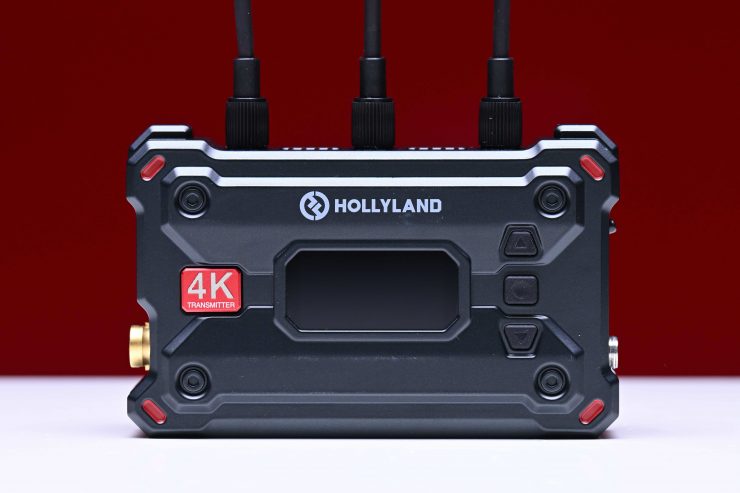
Hollyland Pyro S 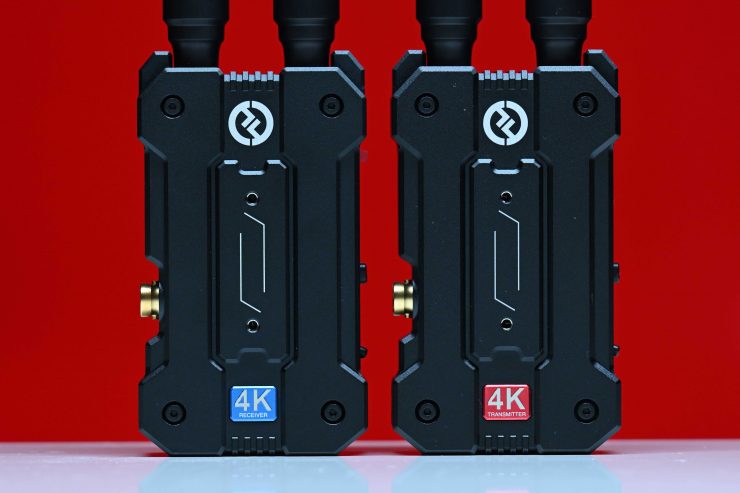
Hollyland MARS 4K 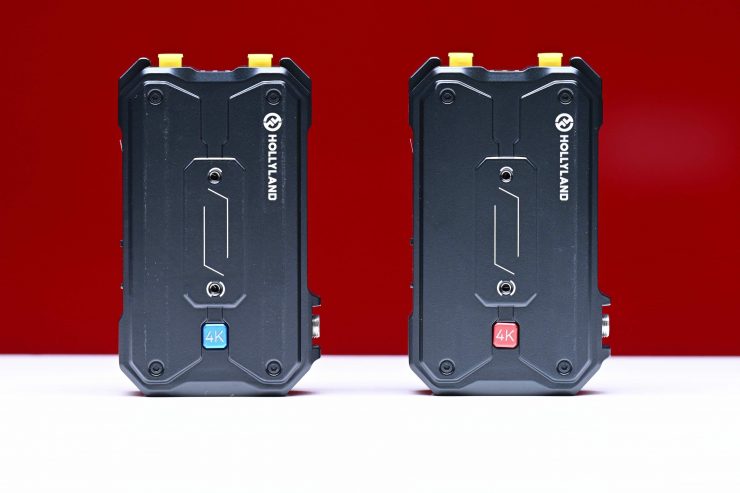
Hollyland Pyro H
The Pyro S has a completely different form factor from the Pyro H and MARS 4K.
The exterior casing is robust and well-made. It certainly doesn’t feel like a product that is likely to break, even if you did accidentally drop it.
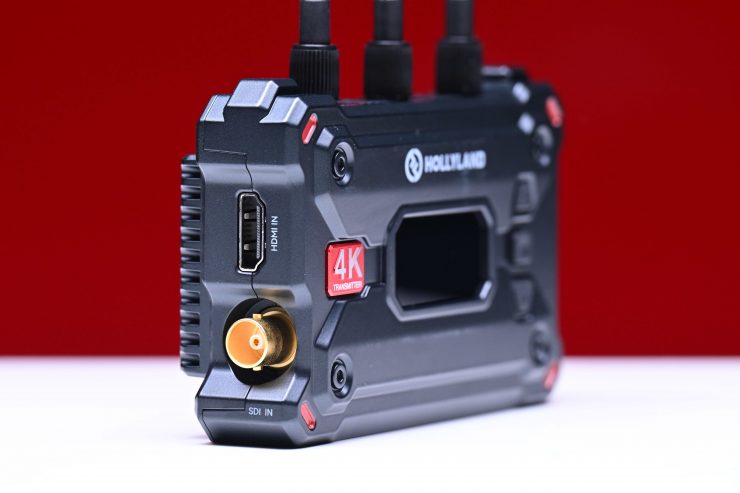
The HDMI connectors are slightly recessed, although I would like to see more companies make lockable HDMI connectors because it is very easy to break or snap an HDMI cable, especially if they are sticking straight out on an angle. The SDI ports are also slightly recessed and they do offer a bit of protection.
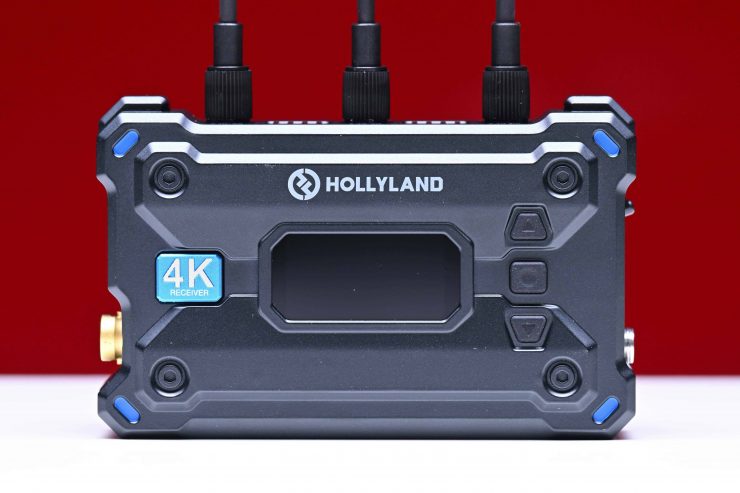
Hollyland Pyro S 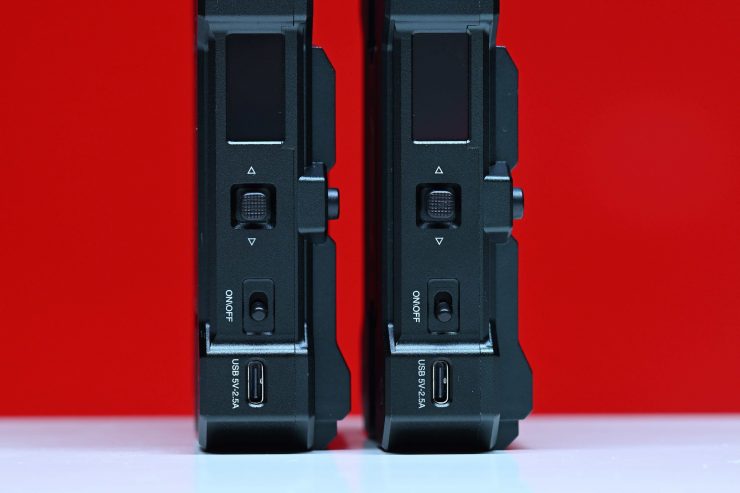
Hollyland MARS 4K
The On/Off switch is reasonably solid and tactile. Instead of a scroll wheel like the Pyro H has, the Pyro S has a Menu/Select button as well as up and down buttons for navigating the menu.
Overall I think most people will be more than happy with the build quality of the Pyro S. It is well made and constructed for a product of this price.
Size & Weight
The Pyro S RX and TX both weigh 207g / 7.3oz without the antennas. They have physical dimensions of 4.4 x 2.8 x 1.3″ / 112 x 71.2 x 34.1 mm.
As a comparison, both the MARS 4K RX and TX weighed 223g / 7.86oz without the antennas.
The TX and RX are reasonably large, however, I would say that they are around a similar size to other comparable wireless SDI/HDMI systems.
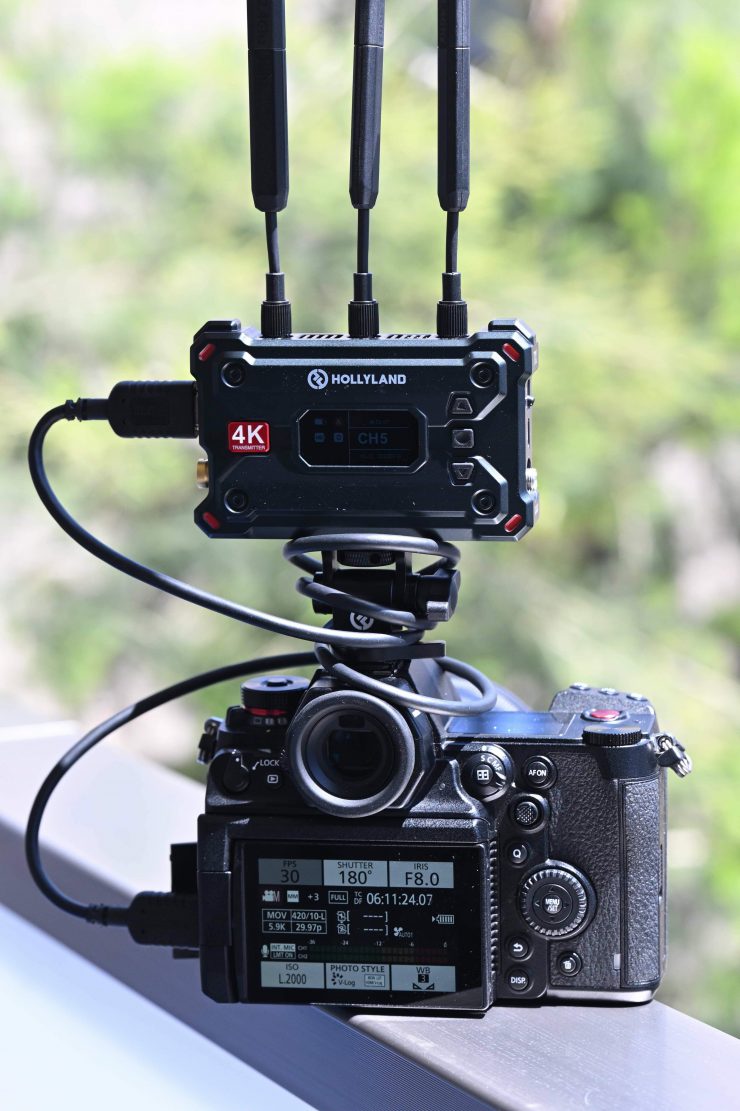
This weight and size may not make them overly suitable for small-sized mirrorless hybrids as they take up a lot of real estate, especially when you you are powering them with a Sony NP-F battery.
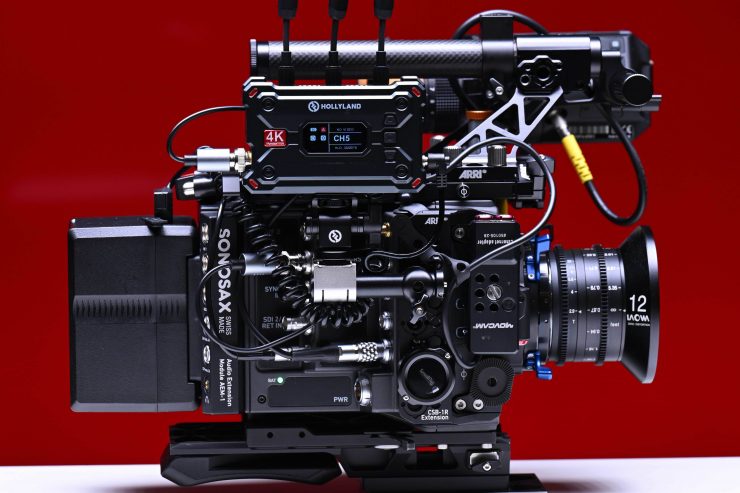
I personally think that the Pyro S would be more at home on mid to large-sized digital cinema cameras as opposed to mirrorless hybrids, although you could use it on some of the larger-sized mirrorless hybrids, or smaller digital cinema cameras like a Canon C70 or Sony FX6.
I think the next big evaluation in this space needs to be making wireless video systems smaller and more compact. There is a big market out there for people who want to use affordable Wi-Fi-based wireless video systems on smaller-sized cameras, but they are hesitant to do so because of the size and weight.
What do you get?
The Hollyland Pyro S 4K HDMI Wireless Video Transmission System comes with the following items:
- Hollyland Pyro S Wireless Video Receiver
- Hollyland Pyro S Wireless Video Transmitter
- 7 x Paddle Antenna (2.4/5 GHz)
- Hollyland Rotatable Cold Shoe Adapter Mount for Wireless Unit
- USB-A to USB-C Adapter
- 12V/2A DC Power Adapter
- Limited 1-Year Manufacturer Warranty
Ins & Outs
The Pyro H TX has a HDMI In and a SDI In. The RX features a single HDMI out and an SDI Out.
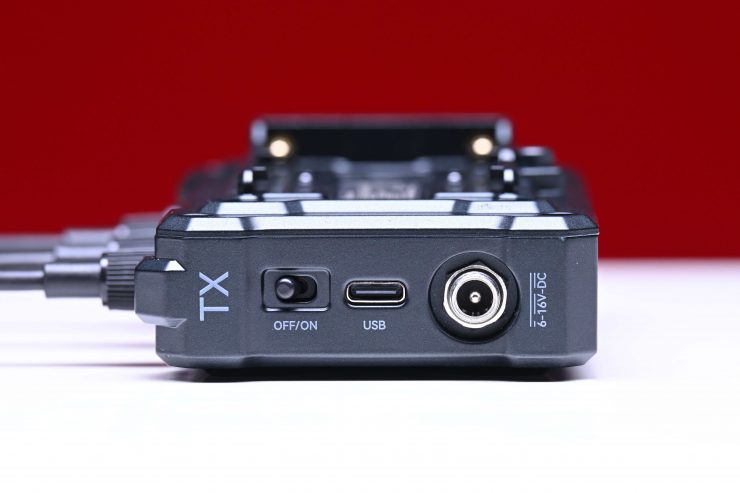
There is also a USB-C and DC inputs (6-16V) on both the TX and RX units.
Interface & Transmission
Both the TX and the RX units, there is a reasonably large color screen with a user-friendly UI design that enables quick configurations and status checks. A series of three buttons lets you access the menu and make changes.
Just like the previous MARS 4K the Pyro S utilizes a dual-core codec chip that is capable of a 12 Mbps data transfer rate. This is a pretty low bitrate. A device like the Teradek SERV 4K can stream at up to 45 Mbps.
The Pyro S uses Hollyland’s 2.4 GHz & 5 GHz Dual-Band technology, and it is claimed to have a stable transmission range of up to 1,300ft / 400m (line of sight). This claimed 1,300ft / 400m transmission range is a lot further than the 450ft / 150m (line of sight) of the MARS 4K. Now, Hollyland does clearly state in their manual that if you are using the app the range may be reduced.
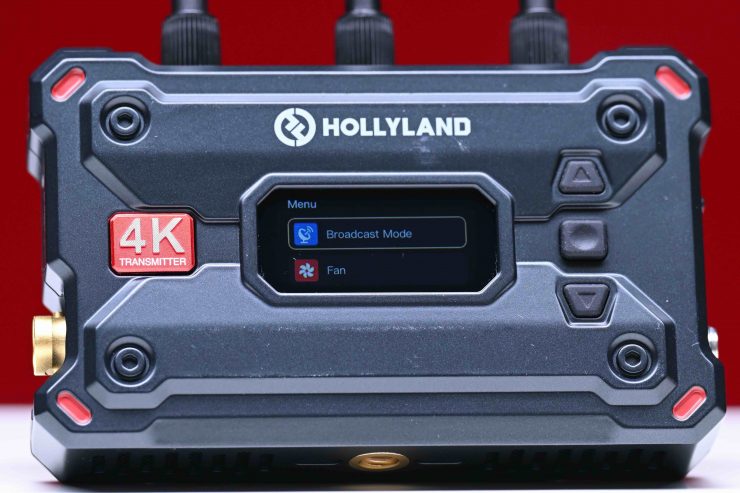
If you are in the Broadcast Mode the range is limited to a claimed distance of 650ft / 200m (line of sight).
Hollyland also claims that the system has a minimal transmission latency of 50ms thanks to upgraded chips and optimized video encoding/decoding algorithms. Now, please be aware that when companies publish latency figures, those figures are usually for the latency between the TX and the RX and they don’t include the rest of the image chain. The actual real-world latency will always be higher. I will cover this in more detail later in the review.
Channel assignment options allow for interference-free transmission. A stable connection is established automatically upon startup. A smart channel scan helps determine which ones are occupied and selectable.
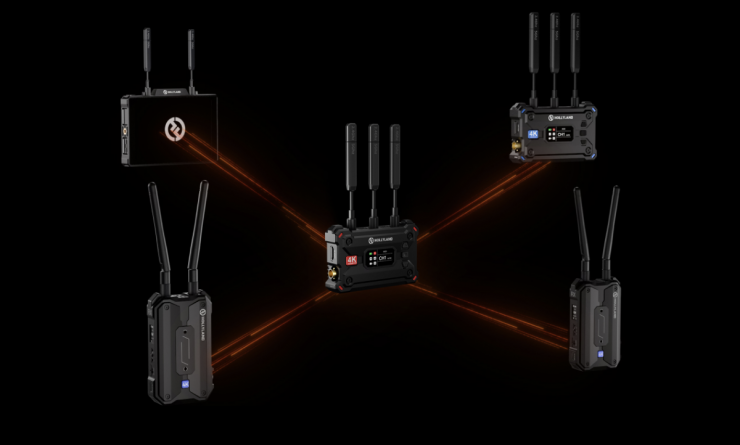
Not only can the Pyro S send images from the TX to the RX unit, but images can also be viewed on the Hollyland HollyView App as well. Below you can see what options are available:
- The Pyro S TX can connect with up to two RX units and two mobile devices running the Hollyview app
- The Pyro S TX can connect with up to two mobile devices running the Hollyview app
- The Pyro S TX can connect with up to four RX units (this can only be done when the TX is set to Broadcast Mode)
- You can also send a signal to 3 RX units (including the Pyro H) and the Pyro 7″ monitor.
I can also confirm that the Pyro S will also work with the Pyro H. Unfortunately, it is not backward compatible with the MARS 4K.
Hollyland will also have the Pyro 7 Transceiver monitor coming soon that you will be able to use with the Pyro H. The Pyro 7 supports HDMI and SDI Input/Output and Loop out.
What can you transmit?
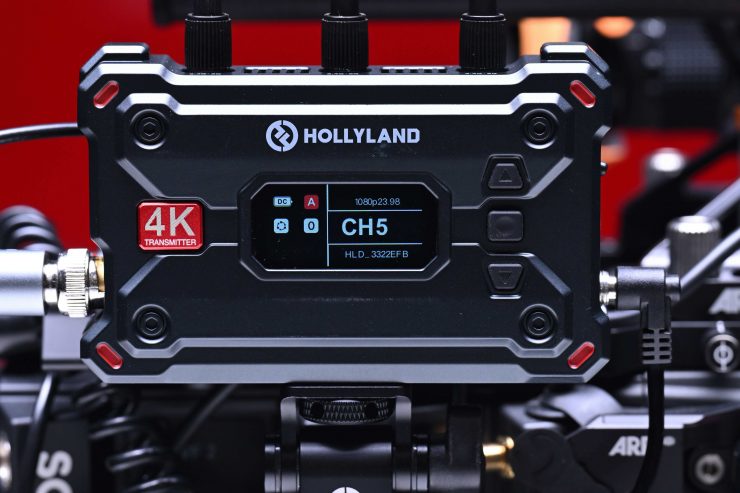
The Pyro S has the ability to wirelessly transmit high-resolution video in various formats, including 4K at 23.98, 25, and 29.98 frames per second, as well as Full HD 1080p at 50, 59.94, and 60 frames per second.
If you are using a camera that can output UHD over HDMI then you will be able to view a proper UHD image on a UHD display.
Antennas
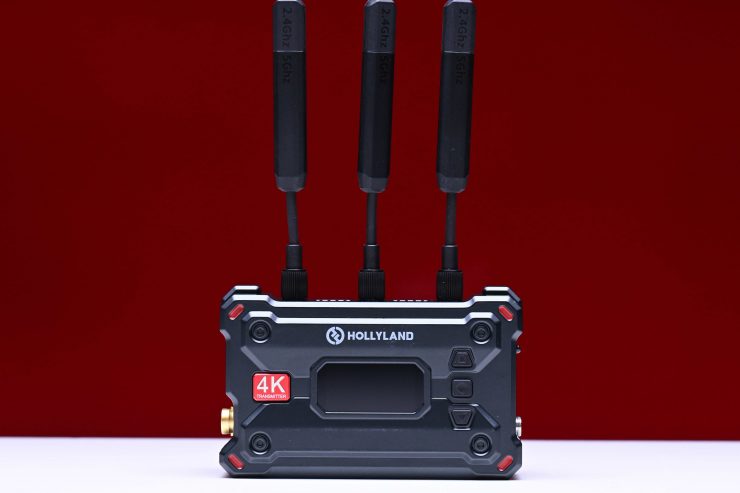
Hollyland Pyro S 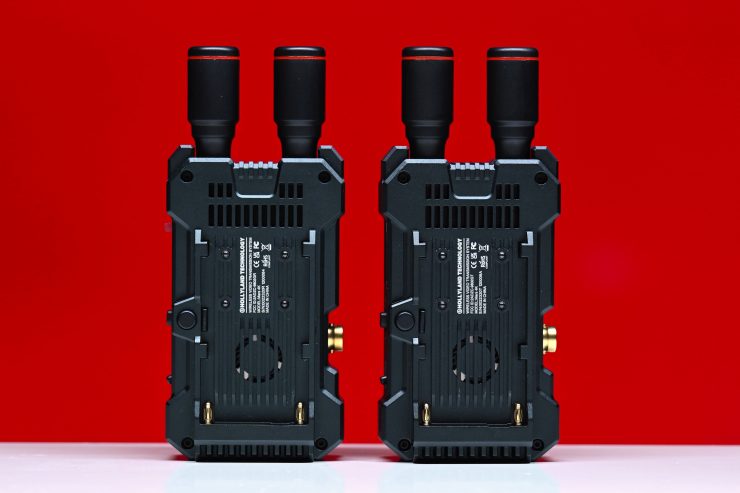
Hollyland MARS 4K
Unlike the MARS 4K which utilized small-sized antennas so that the overall footprint of the units was kept to a minimum, the Pyro S uses three much longer antennas.
These larger antennas do increase the footprint, especially on smaller-sized cameras.
Mounting Points
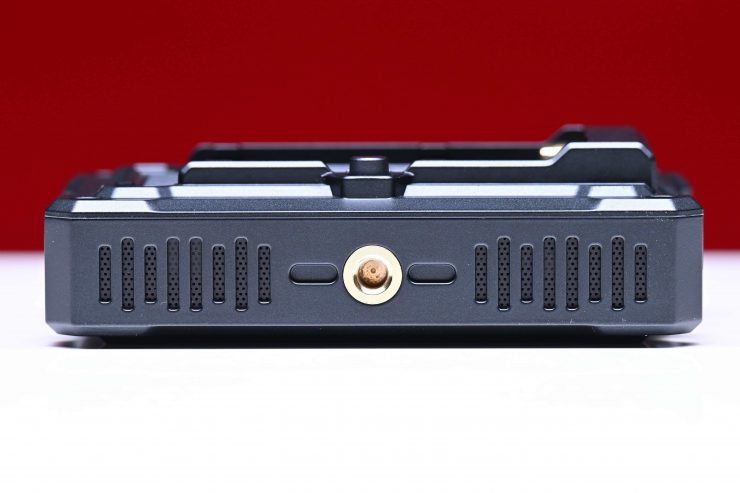
Hollyland has included a single 1/4 20″ mounting hole on both the TX and RX units. These are located at the bottom of both units.
Hollyland does include an adjustable swivel mount that allows you to attach the TX to a cold shoe mount.
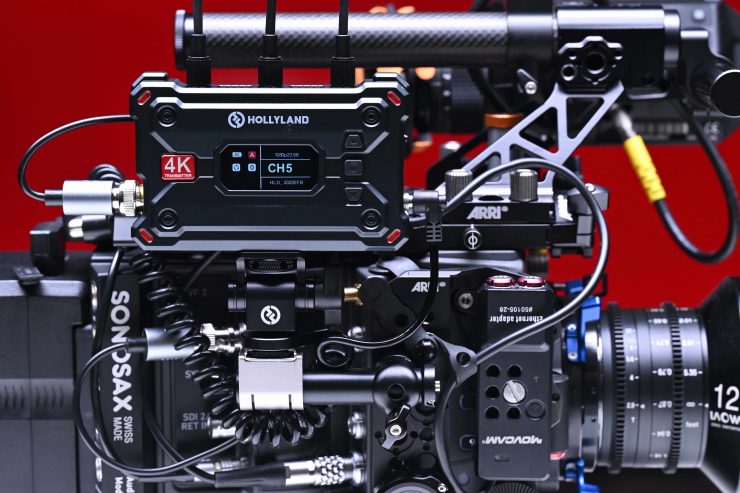
This works reasonably well, but it is a mystery to me why Hollyland only includes one mount in a kit with both an RX and a TX.
Arguably, it would have made more sense for Hollyland to have also included another basic mount that you could use to attach the TX or RX directly to a 1/4 20″ mounting hole.
Power
The Pyro S RX and TX units both have in-built battery plates that can take Sony NP batteries.
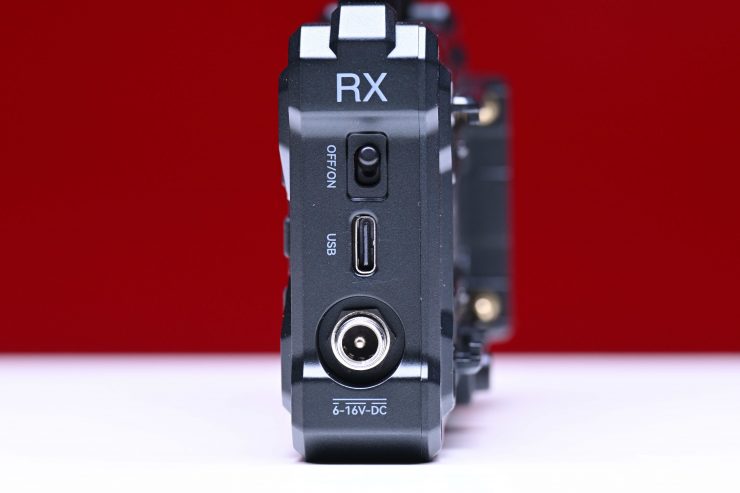
You also have the option to power it through a 6-16V DC input. Hollyland does include a 12V/2A power adapter in the kit.
The TX unit draws 11W, while the RX unit draws 7W.
The battery plate is well made and batteries don’t move or wobble around.
It would have been nice to have been able to power the devices via USB-C like you can on with the Pyro H. Having in-built batteries would have kept the size down, but most professionals don’t want devices with built-in batteries unless they are able to power a unit for a considerable amount of time.
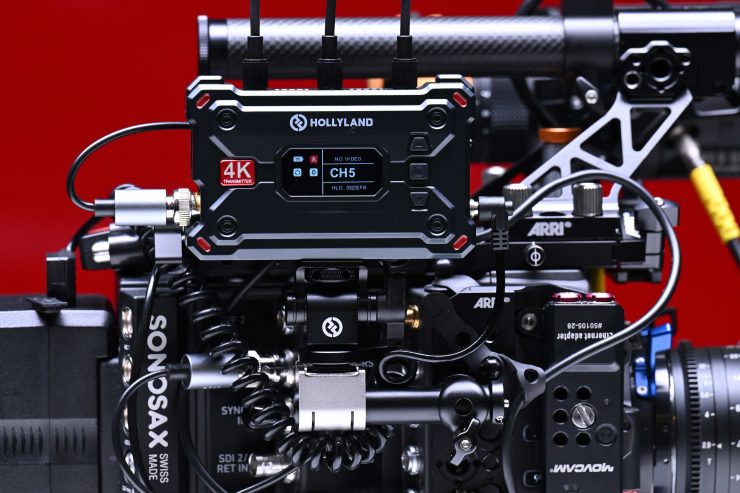
Using the Pyro S TX with a Sony NP battery on a small to mid-sized digital camera isn’t going to make it overly heavy, however, I personally prefer to power wireless video systems directly from my camera, but that’s just the way I do it.
What is nice is that you hot-swap power sources if you happen to have two connected at once. For instance, If I have the battery on and I then want to suddenly want to swap to a DC power source I can simply take off the battery without the Pyro S shutting down.
I would have liked to have seen Hollyland include a DC to D-tap power cable in the kit for this very reason. Hollyland does sell an optional AC power supply.
Fan Noise
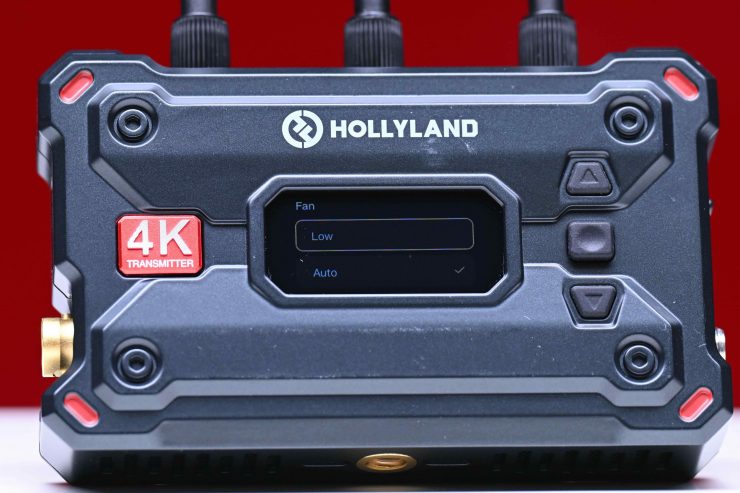
Both the TX and RX units have an in-built fan. The fans do make a little bit of noise and if you have it too close to an onboard microphone you may well pick up a bit of noise. Hollyland does give you the option to change the fan from Auto to Quiet in the menu and then the unit almost runs silent.
Even after having both the RX and TX units on for a considerable amount of time, they didn’t get overly hot.
Encryption
The system uses AES-128 Encryption when sending wireless signals so that your vision can’t be seen or accessed by anyone else.
Setup & Ease Of Use
As I say in every wireless video system review, a good solution should be easy and fast to set up and get running. In all honesty, this shouldn’t be a difficult task, and if it is, then, in my opinion, the product has already failed.
The Pyro S was designed to essentially be a plug-and-play system. You just power up the TX unit, input a video source, and then power up the RX and hook it up to a monitor.
All you need to do is make sure that the TX and RX units are on the same channel, however, the system will automatically select the same channel on both the TX and RX automatically for you. Once everything was powered on I got a picture within around 20 seconds. 20 seconds was a little slow for a wireless system.
I also like that you can do a manual channel scan to see what the best available channels are to use.
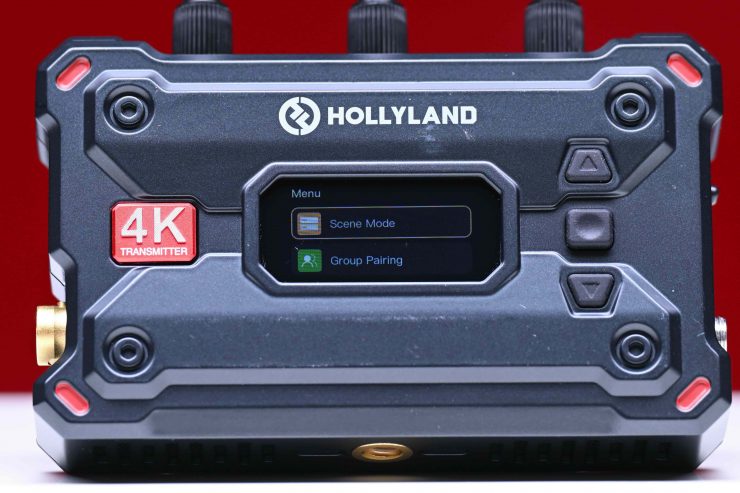
On the TX unit, you can choose which Scene Mode to use. You can select between HD Mode and Smooth Mode.
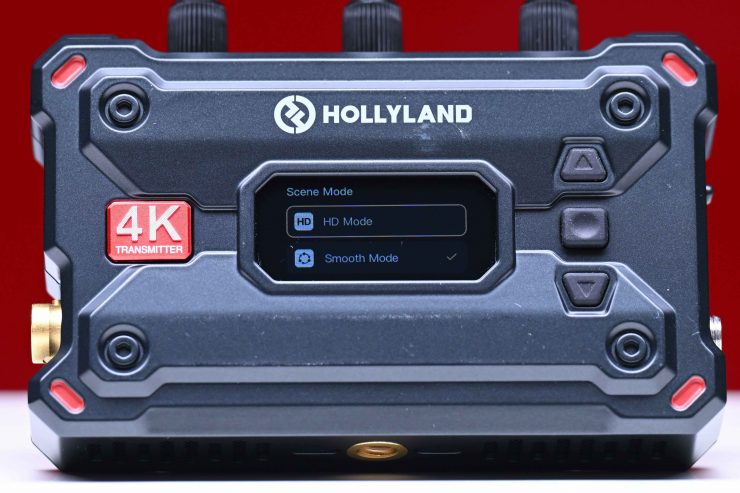
These naming conventions could at least, in my opinion, be better, In HD Mode the bitrate for video transmission is set to 12Mbps. In Smooth Mode, the bitrate is reduced, but Hollyland claims that the latency is reduced to as low as 50ms. Essentially you can’t have your cake and eat it too. If you want better image quality you have to live with higher latency. If you want lower latency then you have to sacrifice image quality.
There is also a manual pairing section in the menu if you need to re-pair devices or pair new devices.
So, what about if you start pulling cables out or turning the TX and RX on and off gain? These are real-world things that happen and you need to test how the system works by seeing how quickly it can re-establish connections. If I pulled the SDI cable out of the TX unit it took roughly 4 seconds for the image to re-establish.
If I suddenly changed the framerate on the camera, it took around 8 seconds for the RX to re-establish the connection.
Ok, what about if I turn the RX unit off and turn it back on again? It took roughly 19 seconds for an image to re-appear on the connected monitor.
If I turned the TX off and then back on again it took about 23 seconds for the image to appear on the connected monitor with the RX and about 27 seconds to re-establish on the Hollyview app.
The Pyro S was reasonably good at re-establishing a signal and getting up and running again if any changes were made. This was good to see.
HollyView app
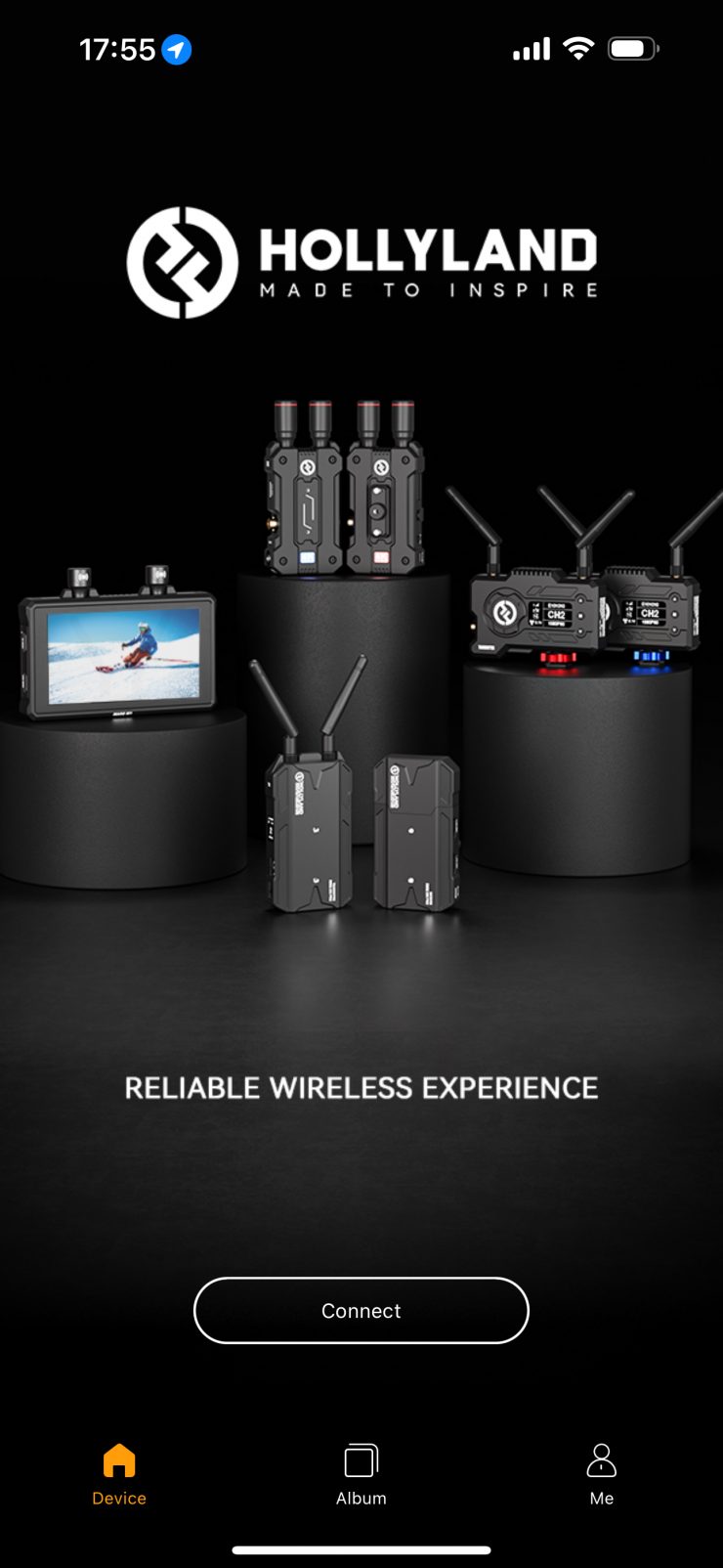
The app features some nice functionality, and it is reasonably easy to use.
It is pretty easy to get started. You only have to select the Wi-Fi network once when you first set up the app and then it will automatically ask you if you want to join that network when you open the app.
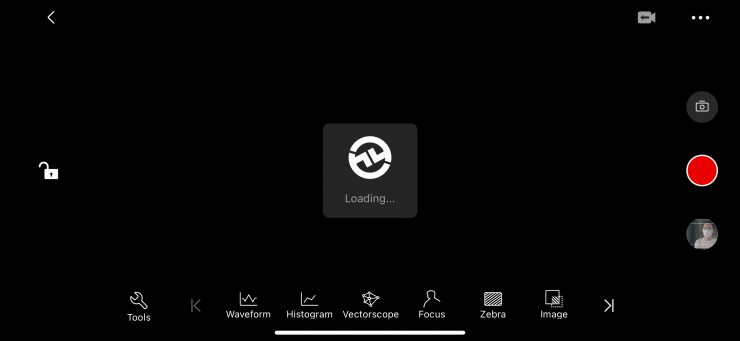
Once you hit connect it only takes a few seconds for you to receive an image.
Hollyland also provides you with some on-screen instructions which is handy.

New UI 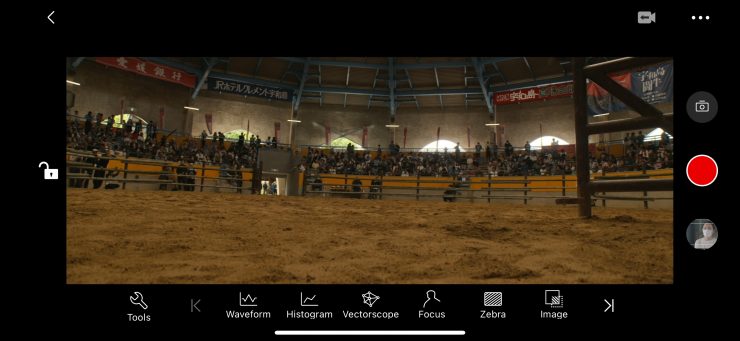
Old UI
The UI layout is pretty straightforward and easy to understand, although I did prefer the lay out of the previous version more.
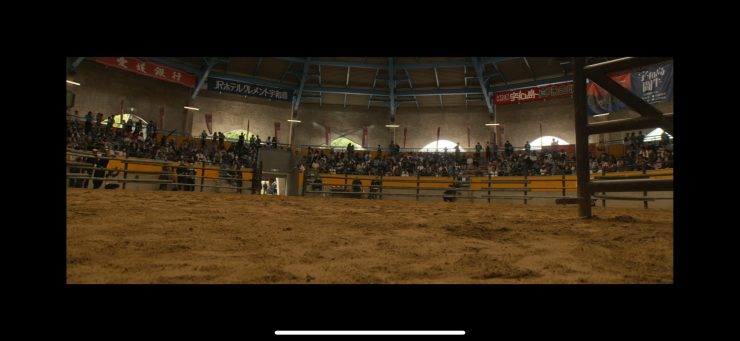
You can remove all of the overlays by tapping on the screen.
There is a good array of monitoring assist tools, and it is good to see that Hollyland has updated it so that it now features tools such as anamorphic de-squeeze and a vectorscope. I think most people will be reasonably happy with the tools and features that are available.
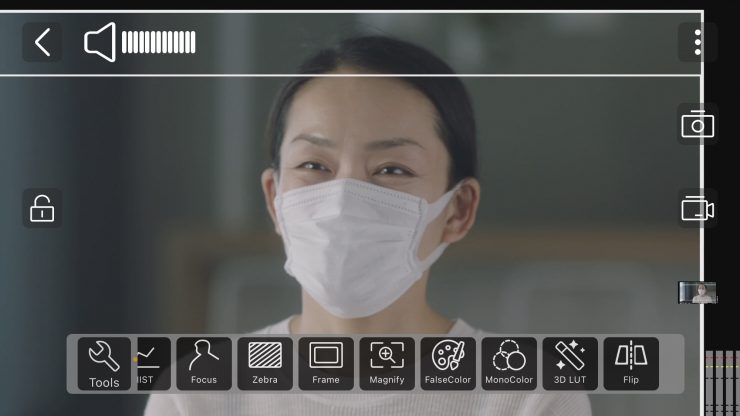
For some reason Hollyland got rid of the pinch to zoom magnification.
You can press the image zoom icon and then you can move the focus magnification around in the image.
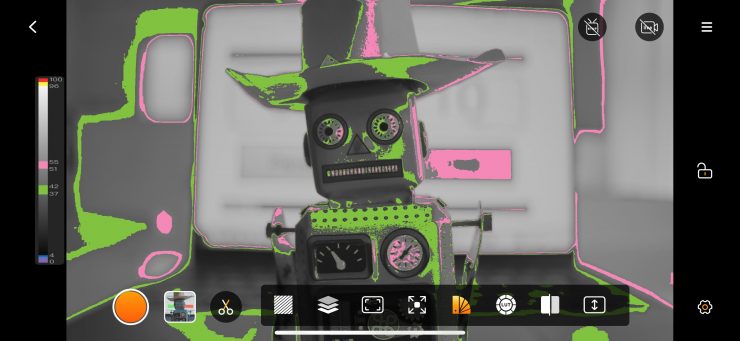
There is false color and I am glad to see that Hollyland has now added some values for it, however, it isn’t mapped to any particular camera.
With the waveform, histogram, and vectorscope, you can move them around to any position you like on the screen, and you can change their size and transparency.
There is also peaking and zebras and you can change the intensity and color of the peaking.
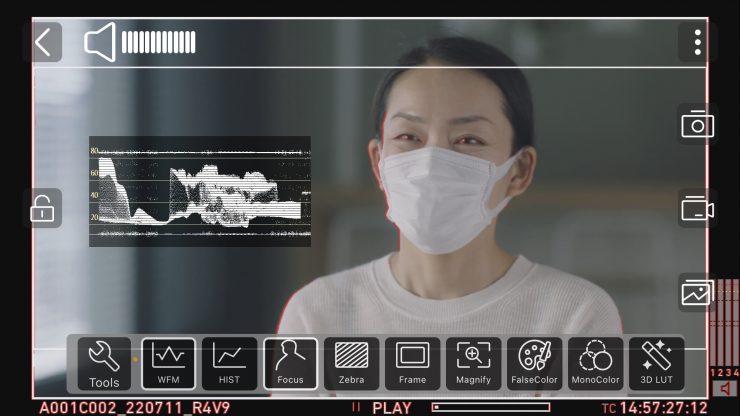
You can put multiple view assist tools up at the same time if you need to, however, you can’t have more than one scope activated at once.
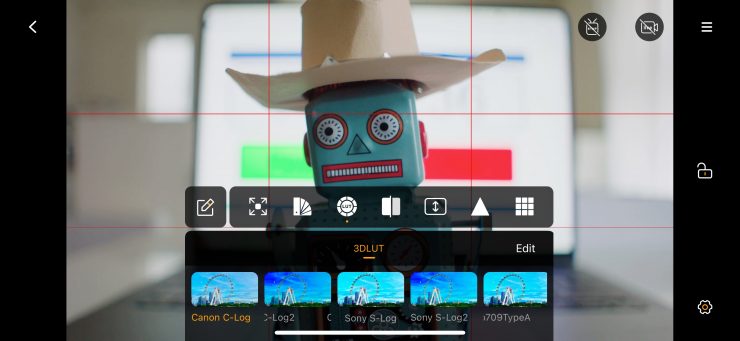
There are a few default LUTs available in the app, but only for Sony and Canon cameras. You can also load up your own LUTs if you want.
I like that you can actually record the video or take still images directly within the app. While this isn’t great quality it does allow you to view back clips and also upload something to social media if need be.

I decided to see what codec and bitrate the Hollyview app was recording. It records a 1920 x 1080 H.264 YUV 420 ITU-R BT.709 file at 6.12 MBit/s.
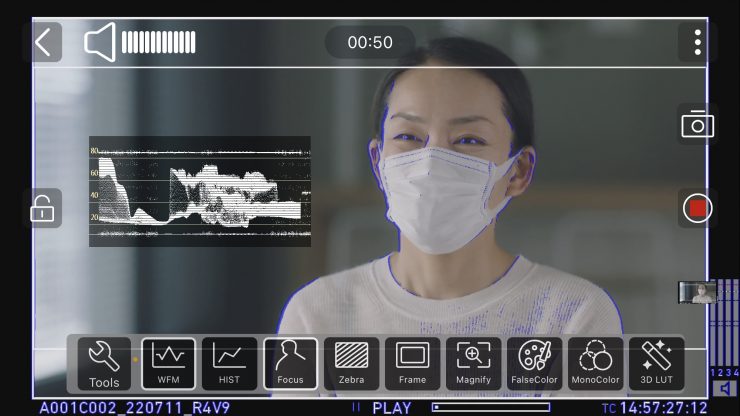
You used to be able to do he image zoom and access the monitoring tools while it was recording with the old app, but now with the new app you can’t do that anymore.
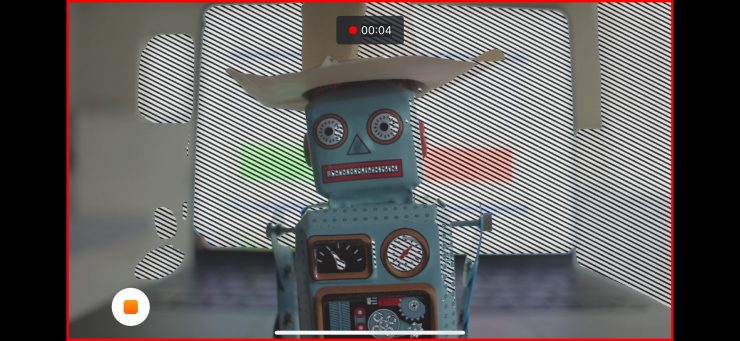
You have to set a video assist tool before you hit record if you want to use it.
USB Video Class (UVC)
You can also output a signal directly via USB-C from the RX unit into a computer etc. so you can stream images and video.
Image Delay
Zero (or close to) image delay is one of the big reasons you pay more money for a higher-end system. Most high-end wireless video systems have basically zero latency, while a lot of the budget systems can have quite a lot of latency, especially those systems using HDMI. Hollyland claims that the Pyro S has a latency as low as 50ms, but they don’t state how they are measuring or coming up with that figure. So let’s find out what the latency actually is.
HD Mode
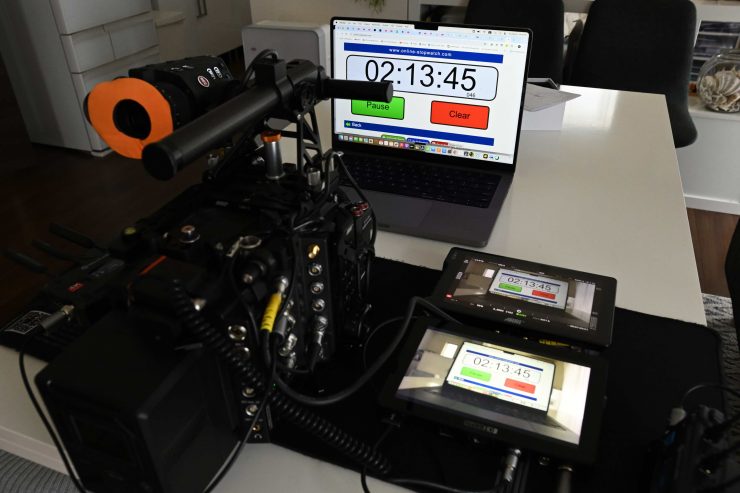
Ok, so let’s try using the HD Mode first. I measured the delay average over a series of three tests at 179.66ms when viewing images on a monitor connected to the RX when the TX was set to HD Mode. This was using an ARRI ALEXA 35. I am measuring the entire image delay chain from what is being captured to what is being displayed on the monitor connected to the RX. Now, please note that the HD Mode is not the claimed mode with the least latency on the Pyro S.
What do these figures actually mean? Well, anything below 100ms is considered to be low, because most humans don’t perceive a delay that small. Once you get over 100ms we perceive a noticeable delay. 179.66ms is pretty high, but the tests don’t lie. However, when I recently tested the Accsoon CineView Quad in this exact same test the result was 181.66ms.
As a latency comparison, when I measured the Hollyland Pyro H under the same conditions I got an average latency of 267.33ms, however, when using HDMI the results vary from camera to camera.
Ok, so what about the delay between just the TX and the RX? I also wanted to see what the delay was from what I was seeing directly on the camera compared to the monitor that was connected to the RX. Over a series of random tests, I found the latency to be 114.33ms.
So what about if you use the HollyView app? I measured the delay average over a series of three tests at 179.66ms with the TX set to HD Mode.
As a latency comparison, when I measured the Hollyland Pyro H under the same conditions I got an average latency of 281ms, however, when using HDMI the results vary from camera to camera.
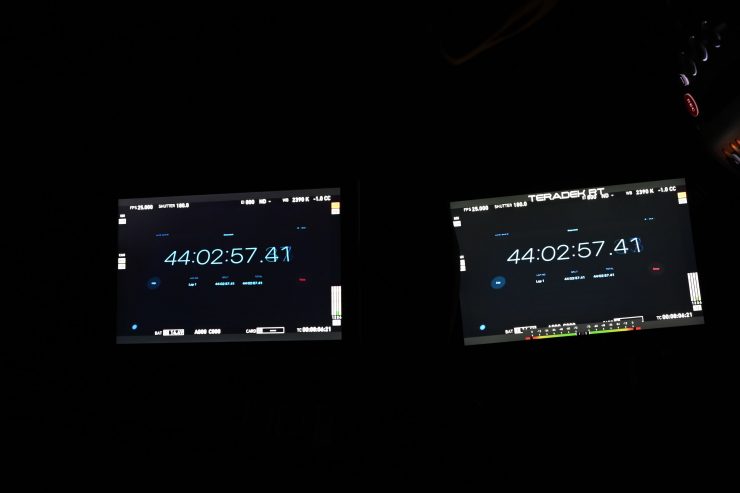
As a reference, above you can see that there is zero latency when using an expensive Teradek system (well, as close to zero as you can get. No wireless system is really zero in the scientific sense). This is a prime example of why you pay more money for a high-end wireless video system.
Smooth Mode
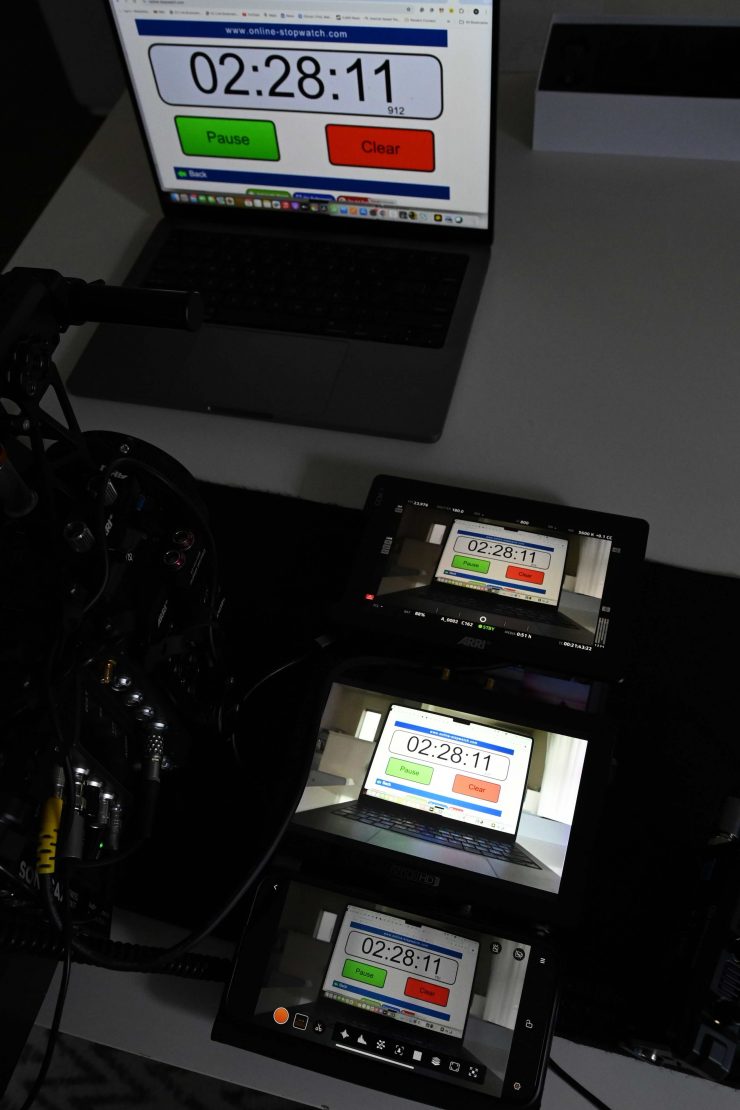
So what is the delay like if we use the Smooth Mode? I measured the latency over a series of 3 tests when viewing images on a monitor connected to the RX unit when the TX set to Smooth Mode was 202.66ms. This was a lot higher than I expected, but the tests don’t lie.
As a comparison, I measured the older MARS 4K using the same set-up and I got an average delay of 207.66ms.
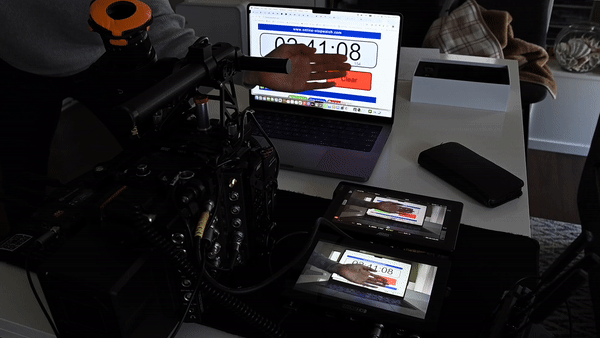
Above you can see what the delay looks like when you use the Smooth Mode. You can see the delay from what is being filmed, to the camera’s monitor to the monitor connected to the RX. The screen for the camera is on the top and the output from the RX is on the bottom. This test clearly shows you the amount of latency there is.
Ok, so what about the delay between just the TX and the RX? I also wanted to see what the delay was from what I was seeing directly on the camera compared to the monitor that was connected to the RX. Over a series of random tests, I found the latency to be 142ms.
I then measured the delay average over a series of three tests at 92ms when using the app with the TX set to Smooth Mode. These results were a lot better. The latency on the HollyView app was very similar to that of the monitor attached to the RX unit.
As a comparison, I measured the older MARS 4K using the exact same set-up and I got an average delay of 194.66ms.
I also tried using the Accsoon CineEye 2S with its app and I got an average delay of 151.66ms.
So what about the delay between just the TX and the app? I also wanted to see what the delay was from what I was seeing directly on the camera compared to the iPhone running the Hollyview app. Over a series of random tests, I found the latency to be 49.66ms. This is basically what Hollyland claims is the minimum latency.
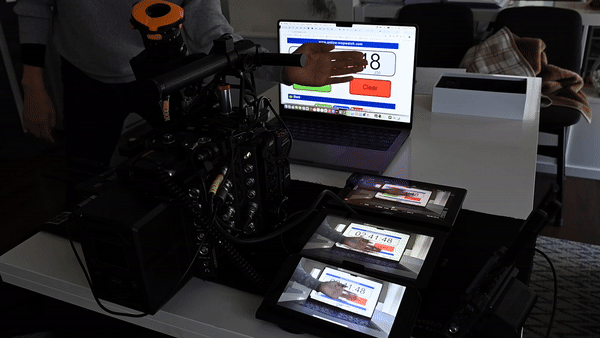
Above you can see what the delay looks like when you use the Smooth Mode. You can see the delay from the camera screen, to the monitor connected to the RX, to what is being seen on the App. The screen for the camera is on top, the output from the RX is below it, and the app is on the very bottom.
Whether image latency is a big deal for you will depend on your personal requirements for a wireless video transmission system.
Thoughts on image delay
You are not going to get the same sort of results as you will with an uncompressed, zero-latency system. At the end of the day, there needs to be an acceptable limit that you are willing to tolerate. I think when using an app people can forgive higher latency, but if you are using dedicated TX and RX units it really needs to be below 100ms. When I say below 100ms, that is for ‘affordable’ budget systems. For high-end systems, it should be almost zero.
The latency when sending a signal from the TX to a monitor connected to a RX could be better, however, almost all similar systems are going to have comparatively similar latency performance.
The latency of the Pyro S when sending a signal to the TX unit and then viewing it on the Hollyview App was pretty good. Could you use it to pull focus remotely? Possibly, but if that is your main intent you would still be better off with a zero-latency uncompressed system.
Latency figures are a bit like dynamic range figures in that manufacturers like to quote numbers that are not explained or quantified.
Real-world performance
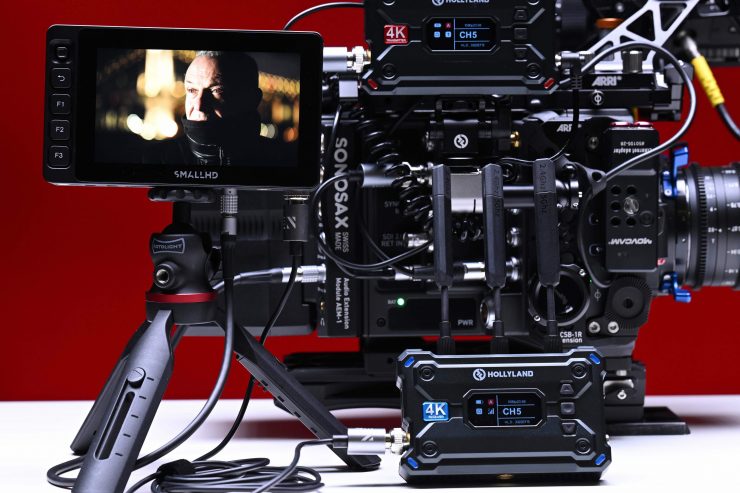
Pulling out connectors, changing settings, and turning receivers and transmitters on and off is one thing, but how does it actually perform in the real world?
How about the operating range? The real transmission distance is relevant to the current air electromagnetic environment, because the system works in the ISM band, and therefore has exposure to all kinds of 5GHz band air interference.
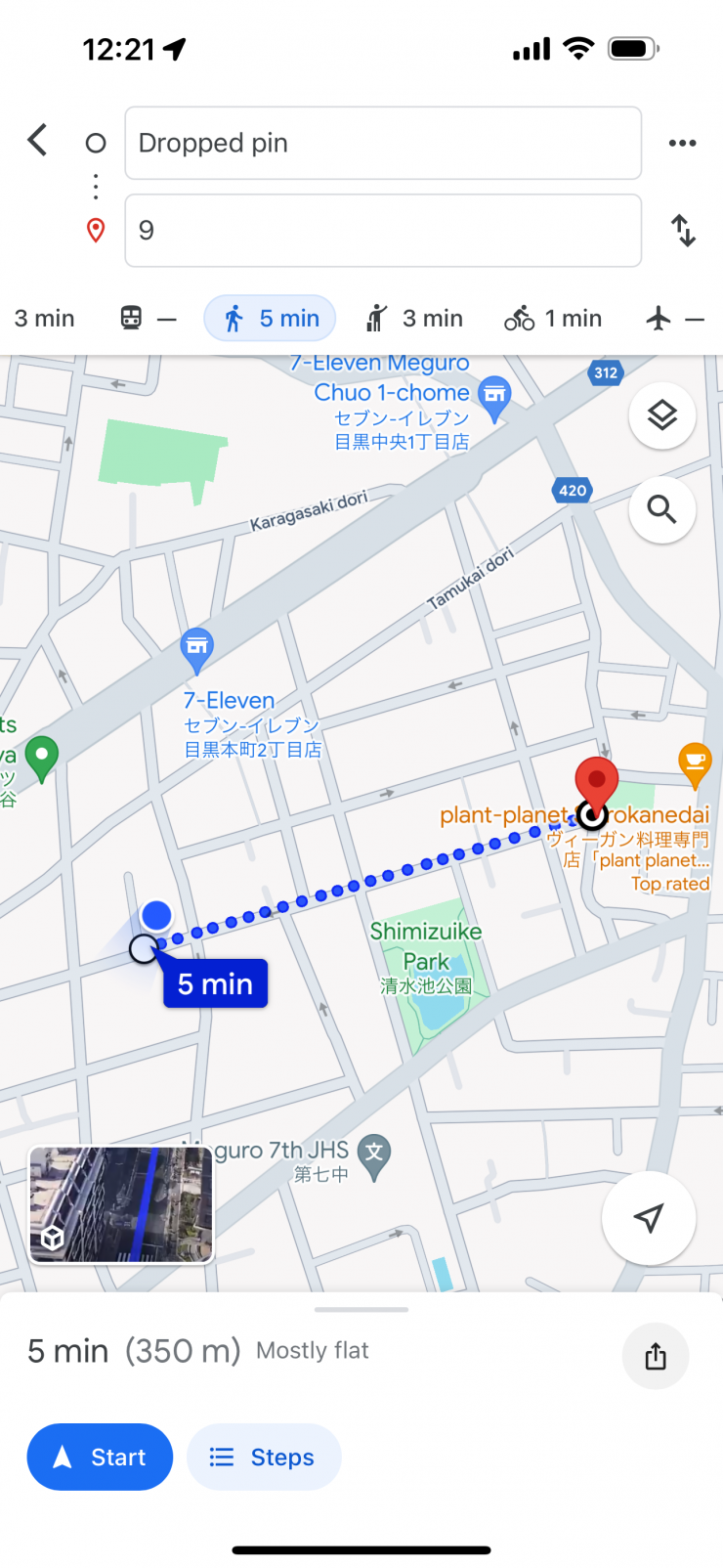
With this in mind, I decided to test the range and performance of the system. To test the range of the system I remained in line of sight of the Pyro S TX and started walking away with a smartphone running the Hollyview app. I could easily get a maximum distance of 350m / 1150′, however, it would drop in and out once you got to distances of around 160m / 525′. and still have a stable signal. I probably could have gotten more distance, but I ran out of road. This was done with the Pyro S set to HD Mode and the Broadcast Mode switched off.
Now, Hollyland claims a maximum operating range of 1,300ft / 400m (line of sight), but this is usually only going to be achievable on flat, open terrain where there is little wireless interference. I did this test in the middle of Tokyo which is one of the most heavily congested RF and WiFi traffic areas on the planet. I didn’t expect the Pyro S to reach its claimed operating distance in this environment, but it did.
When I tested the Pyro S TX sending a signal to my iPhone running the HollyView app I could also get a maximum distance of 350m / 1150′, however, it would drop in and out once you got to distances of around 160m / 525′.
| OPERATING DISTANCE TX-RX | |
| Hollyland Pyro S | 350m / 1150′ |
| Hollyland Pyro H | 350m / 1150′ |
| Hollyland MARS 4K | 170m / 557′ |
| Accsoon CineView Quad | 111.86m / 367′ |
| Vaxis Atom 500 HDMI | 350m / 1148′ |
Above you can see how this compares to some of the other similar wireless video systems I have reviewed in the past.
Whenever I review wireless video transmitters I do the test in the exact same place under the same operating conditions. This way I get a good idea of how various competing systems compare.
Do you really need a wireless system that can transmit and receive UHD images?
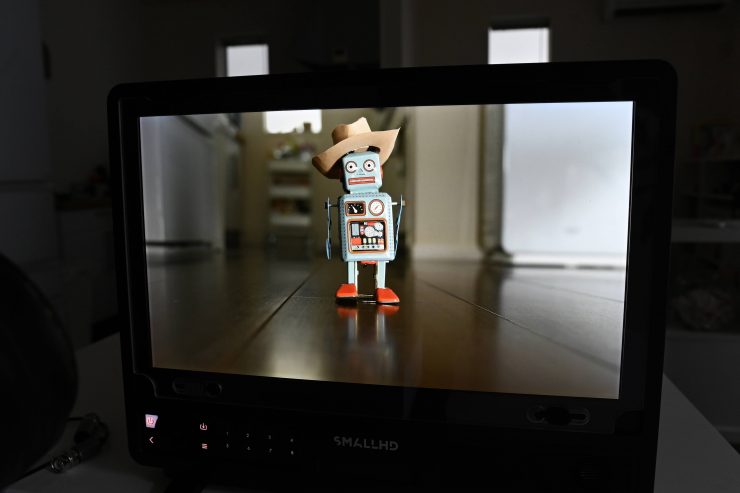
This is a legitimate question because depending on what equipment you are using and what your needs are, the answer could be yes or no.
If you have a UHD monitor attached to the RX unit, then, yes, it probably does make sense to receive a UHD image.
If you are not using a UHD monitor and only looking at material on a 7″ HD screen then transmitting a UHD signal from your camera may at first seem like a complete waste of time. However, if you send a UHD signal and then view it on an HD monitor do you get a cleaner-looking image if you are using image zoom? Well, let’s find out.
Now, as the Pyro S can only stream at up to 12 Mbps, is this enough to notice any difference between UHD and HD?
Yes, it is. I did some testing sending both UHD and HD signals from a Panasonic S1H to the Pyro S RX which was hooked up to a SmallHD Cine 13 to see if I could see any big differences.
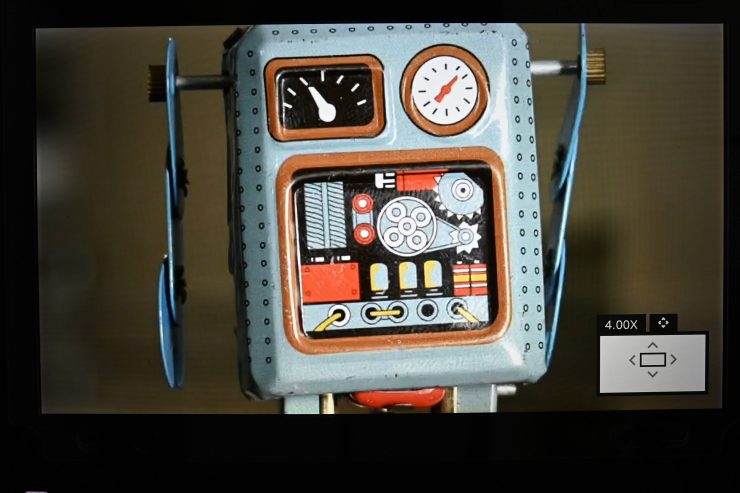
UHD output from the Pyro S RX 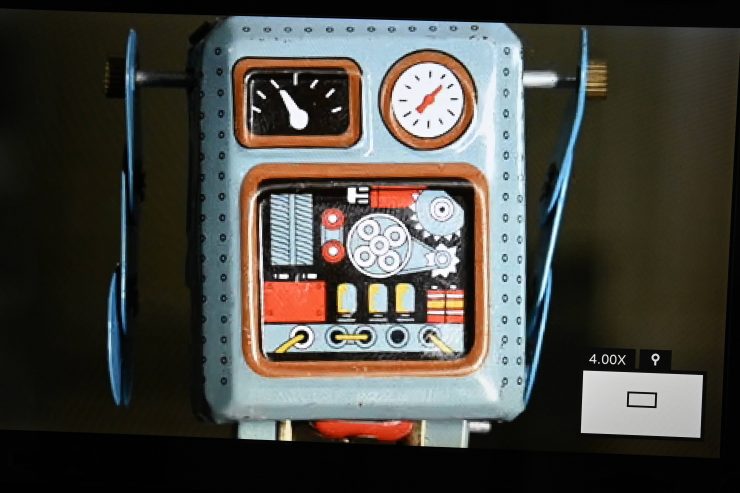
HD output from the Pyro S RX
When zooming in there is quite a substantial difference when looking at the UHD image as opposed to the HD image. It might be a little hard to see in photos from a screen, but I could see a fairly substantial difference.
If you are not zoomed in there is still a difference, but it isn’t as big. If you are checking critical focus, then the UHD image is far sharper.
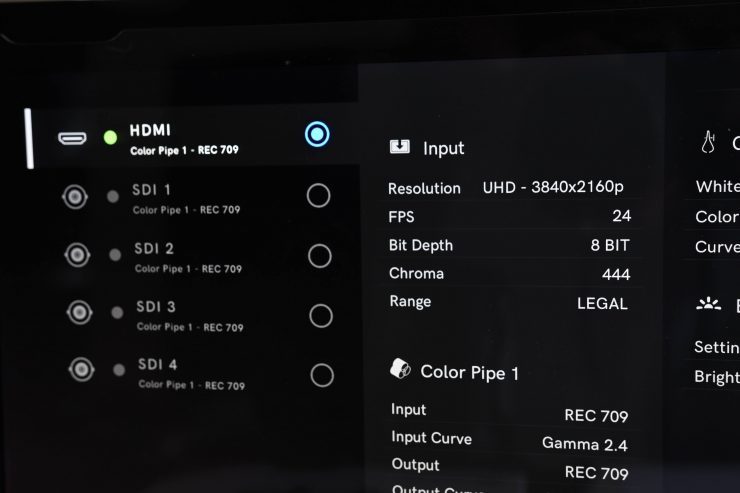
What was a little odd, but this could just be an issue with the SmallHD Cine 13, is that the monitor was telling me that it was receiving an 8-bit signal and not a 10-bit signal.
Ok, but what about if we don’t have a UHD monitor and we are sending a UHD signal to an HD monitor?
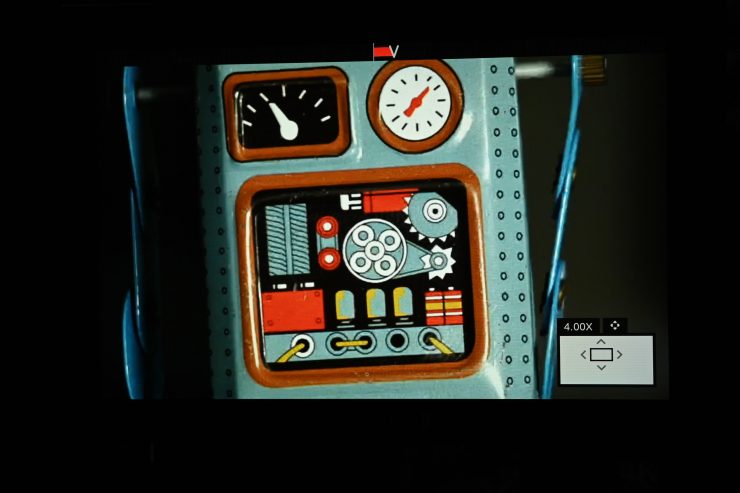
UHD Signal from the Pyro S RX 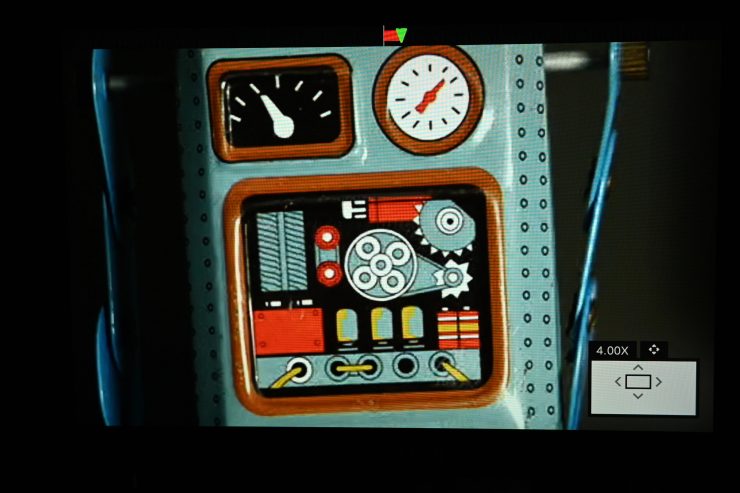
HD Signal from the Pyro S RX
Well, if you are zooming in on your image then yes, you can see a difference between the UHD and HD signals. If you are not zoomed in, then the difference is less apparent.
Pricing & availability
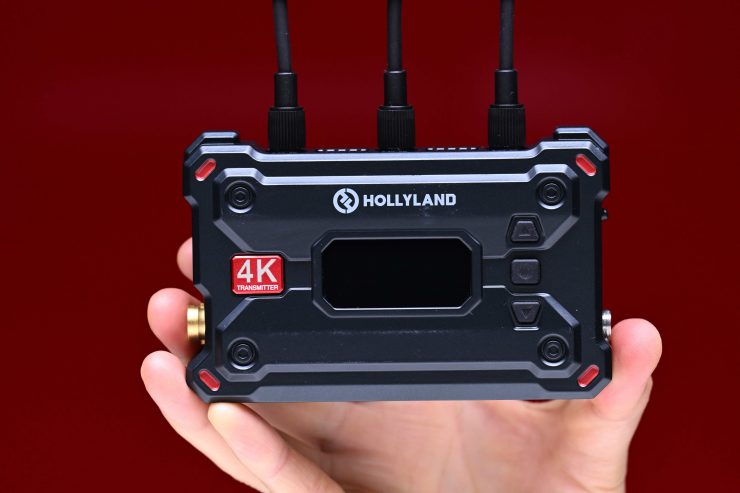
The Pyro S is launching globally on May 22nd, 2024, and is available through local distributors, as well as at Hollyland’s Amazon store: https://hollyland.info/amazon. Below are the prices:
- Pyro S Wireless Video Transmission System: $699 USD
- Pyro S Wireless Video Transmitter: $349 USD
- Pyro S Wireless Video Receiver: $349 USD
This represents pretty good value for money considering its capabilities and the fact that you get both a TX and a RX.
Competition
The Pyro S, just like the Pyro H doesn’t really have any direct competition. I’m not personally aware of any other 5GHz compressed system that features a separate TX and RX unit that can send and receive UHD images that is available for anywhere near this price.
Conclusion
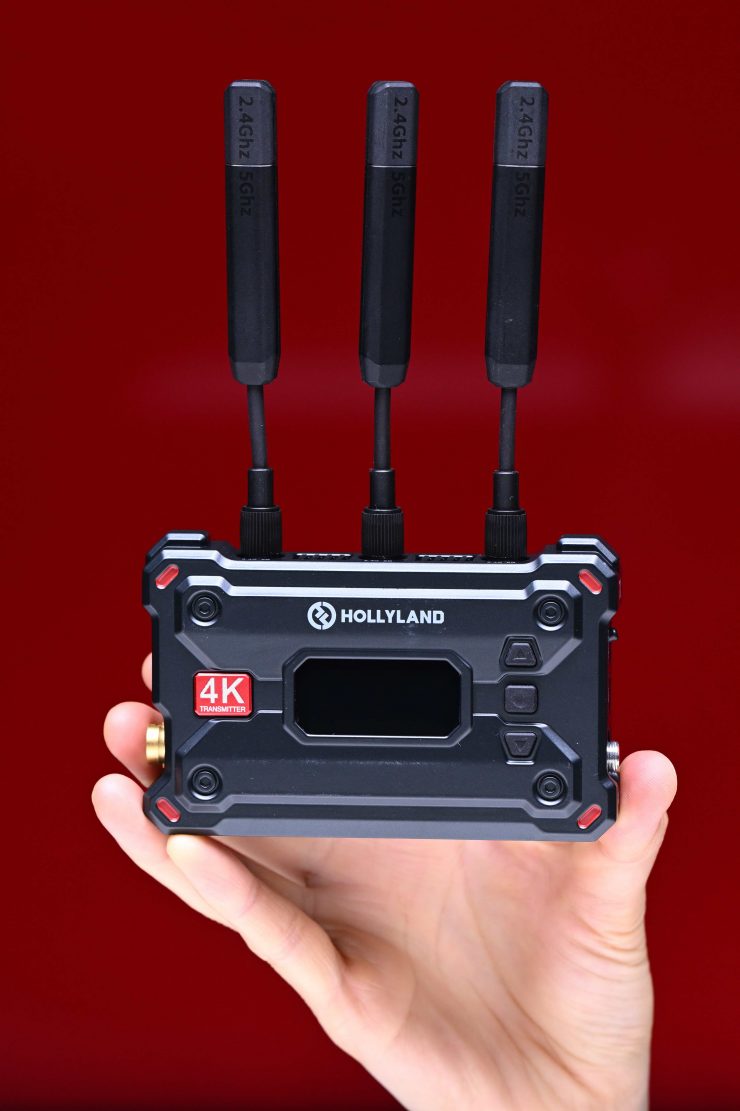
A wireless video transmission system needs to have rock-solid reliability. It also has to not get in your way and be easy to set up and use. Nobody wants to be messing around trying to fix wireless video transmission issues on set, especially if you are working in small teams or by yourself.
The Hollyland Pyro S is well built, relatively easy to set up and use, and offers a lot of functionality and features. Having a system that features both SDI and HDMI and the ability to wirelessly transmit UHD or HD images makes this a very versatile product. Having the ability to wirelessly transmit and receive a UHD signal makes a big difference if you need to get critical focus an it is what sets the Pyro S apart from its competition.
The operating range of the system is excellent, and the image remains stable without dropping out. As soon as you do go out of range and then come back into range it re-establishes a connection straight away. The Hollyview app isn”t as stable over the same distance, but it does work well up to around 160m / 525′.
The UI is pretty easy and straightforward to navigate. The HollyView app has certainly been improved (although I preferred the previous version) and it offers a good array of video assist features and it was nice and stable and reliable to use.
Yes, there is image delay and it is something you need to be aware of, however, you are going to get latency with just about every compressed wireless video system on the market. My tests showed that image latency actually varies quite a lot depending on whether you are using the Hollyview app or the RX unit with a monitor. If you are just viewing an image then latency isn’t necessarily a big deal, but if you are trying to pull focus remotely then it could be an issue. What you clearly need to be aware of is that any system that isn’t sending uncompressed video is going to have latency, and this is why certain systems cost more than others.
You don’t want to buy a product, regardless of how much it costs, or who it is aimed at, and then find out it doesn’t perform in the way you were expecting. With wireless video systems, you need to look at the overall performance in real-world scenarios so that you are aware of what you should expect and what the limitations are. Some quick overview without any real world testing tells you nothing about a product. Latency, image quality, mounting options, app, and real-world operating distance are all things you need to consider before making a purchase.
While wireless video transmission systems have come down in price dramatically in recent years and you can now obtain a pretty good system without having to spend too much money, you are always going to have to spend a lot more money if you are after close to latency-free performance. Although, in saying that, a lot of the budget systems have continued to improve.
The Pyro S is a solid offering and having the ability to actually send and receive UHD images sets it apart from its competition. It is a good upgrade over the MARS 4K and the extended transmission distance is a nice added bonus.

